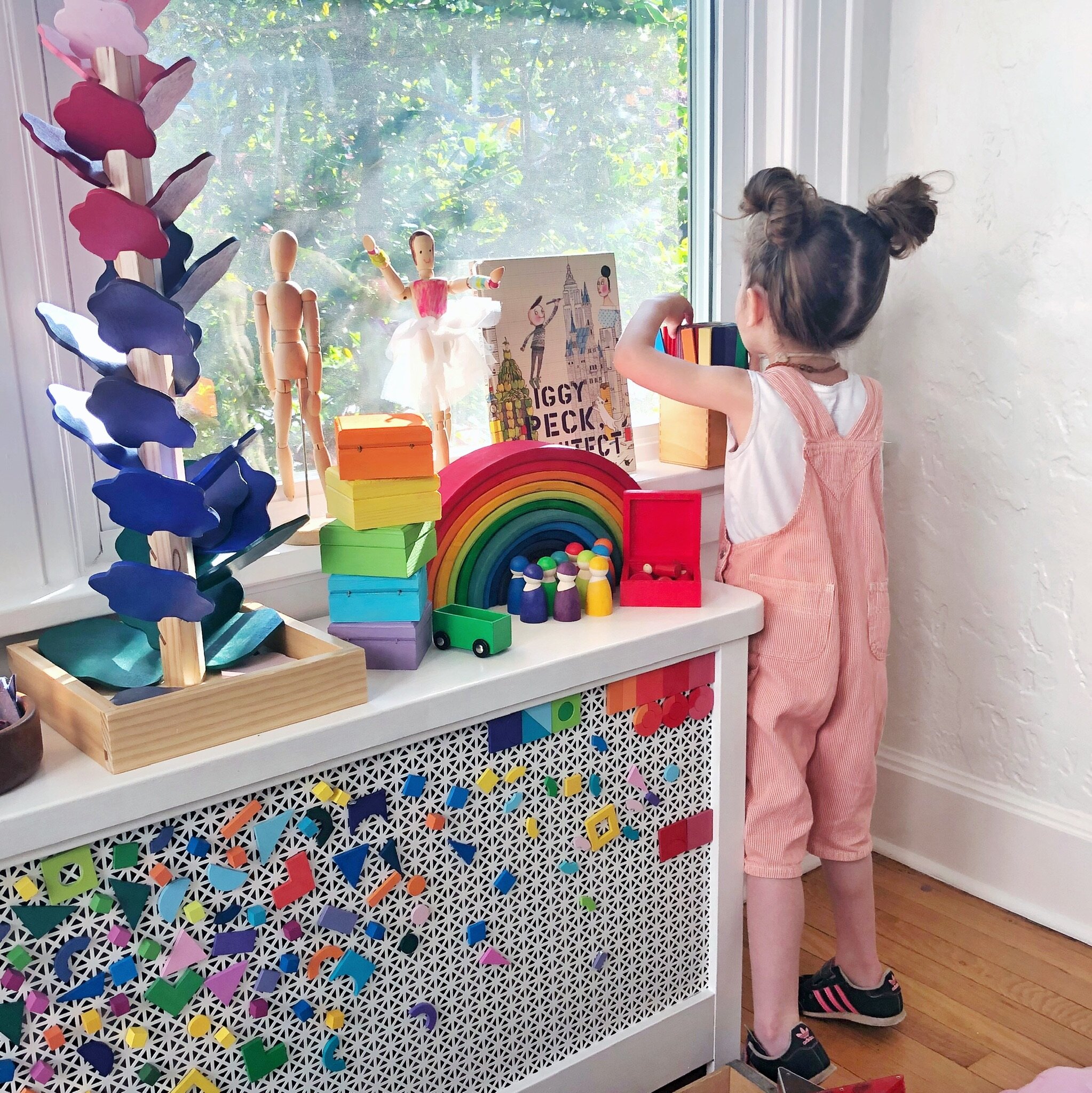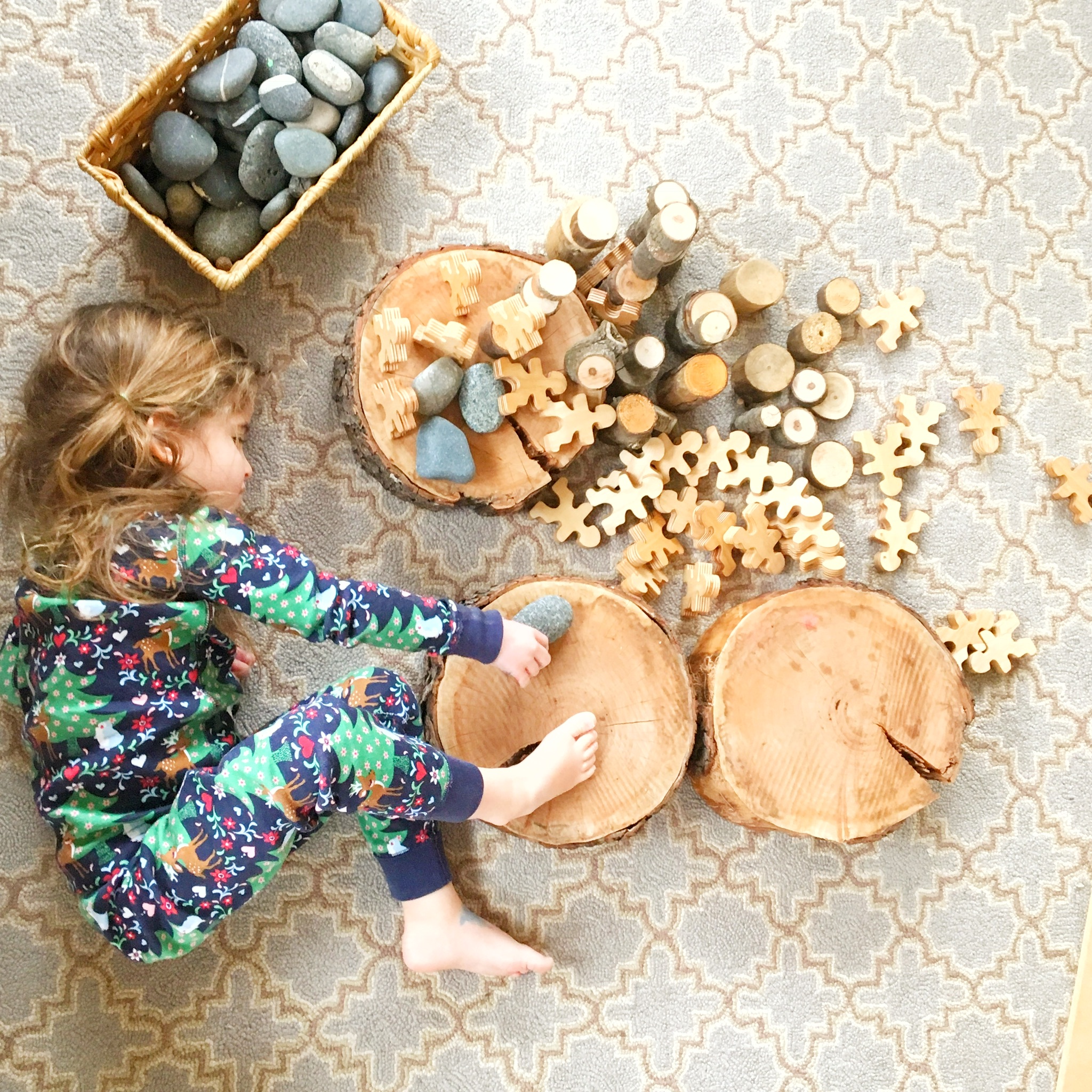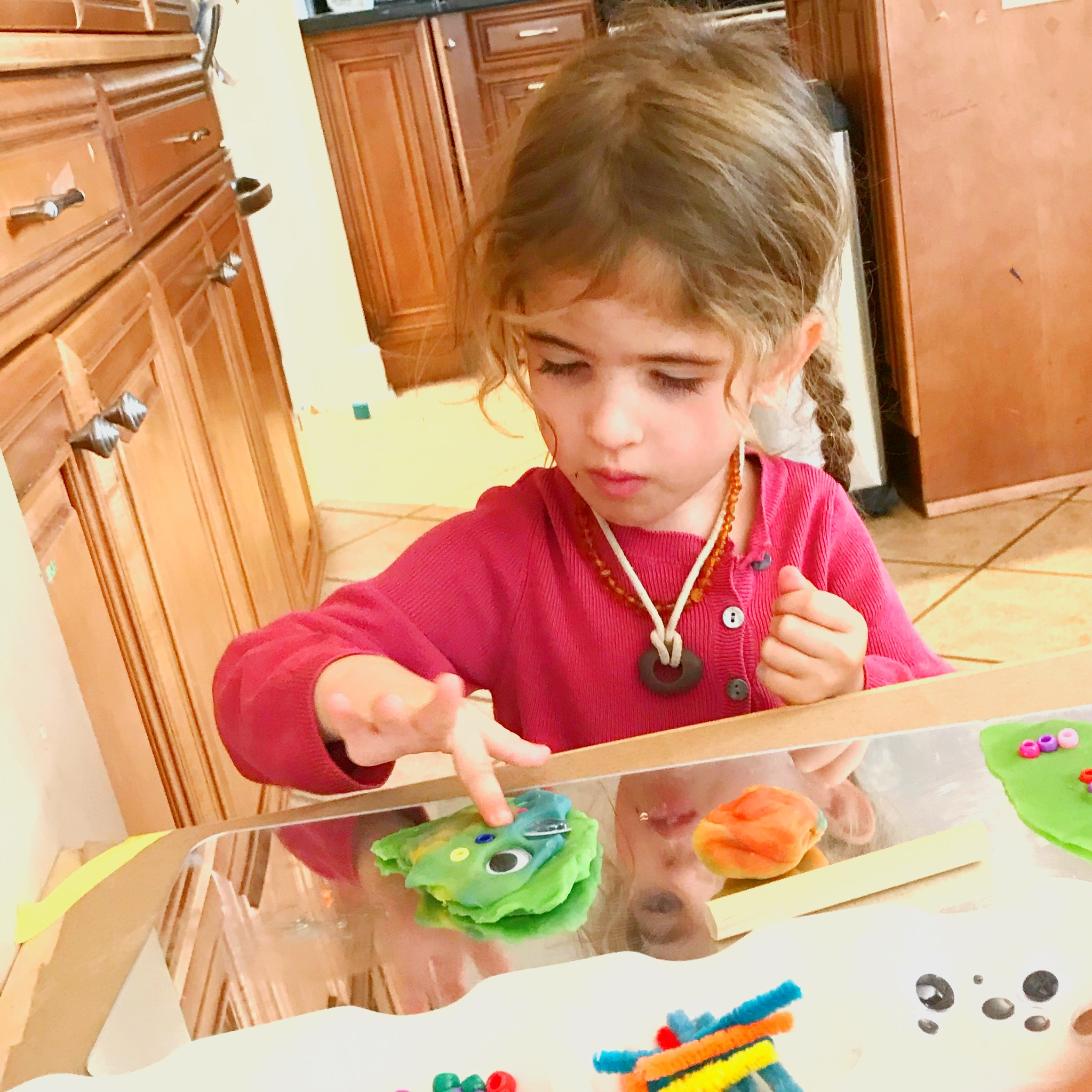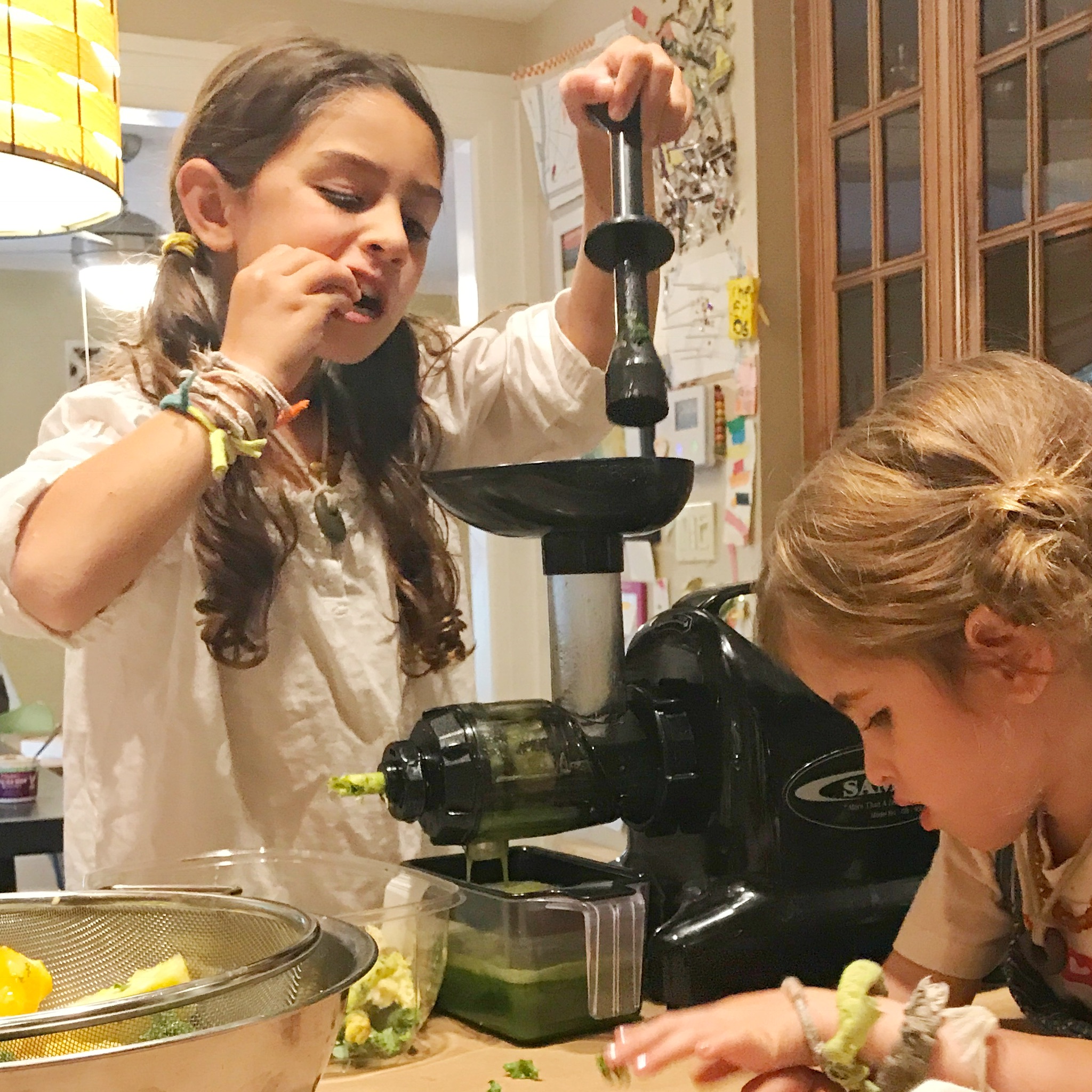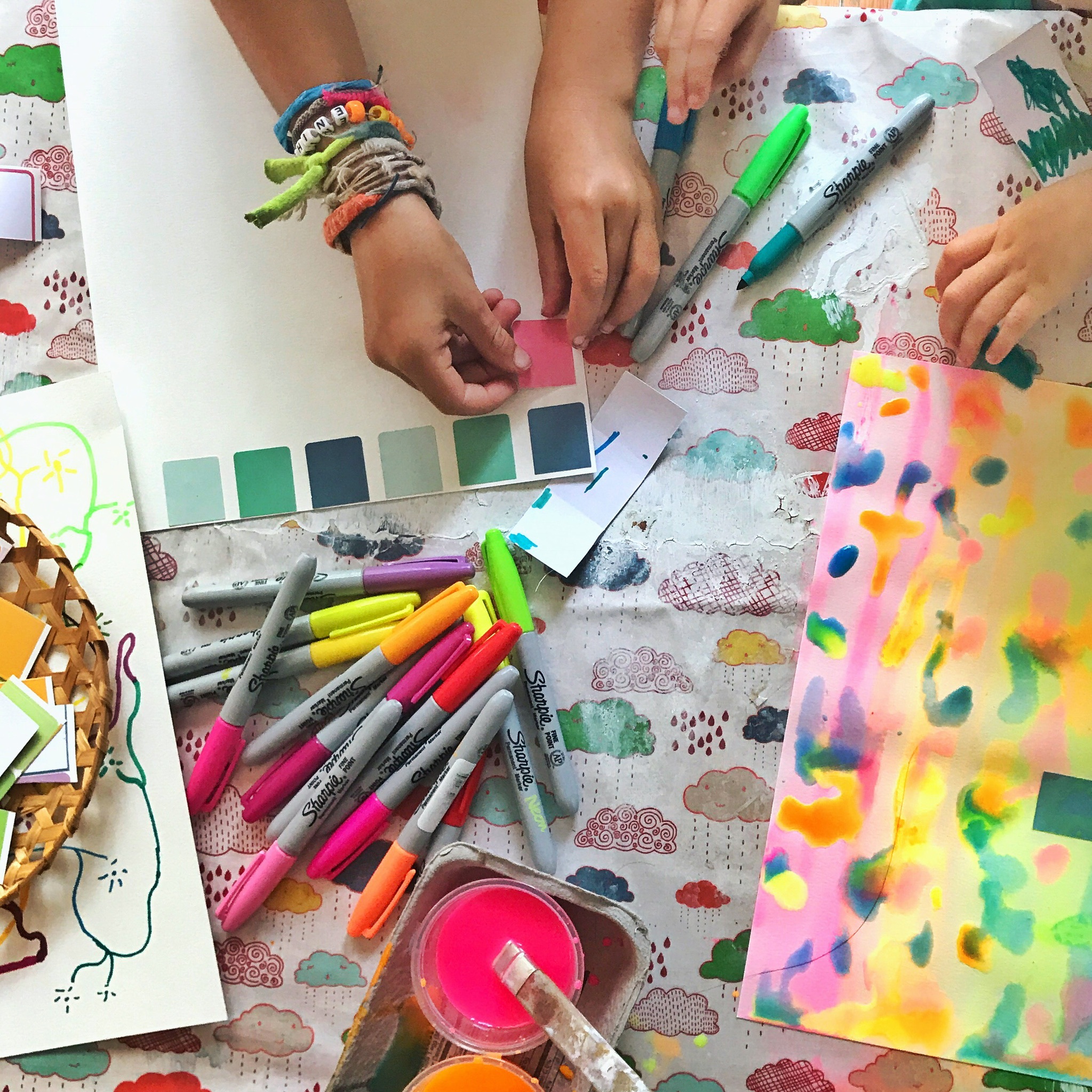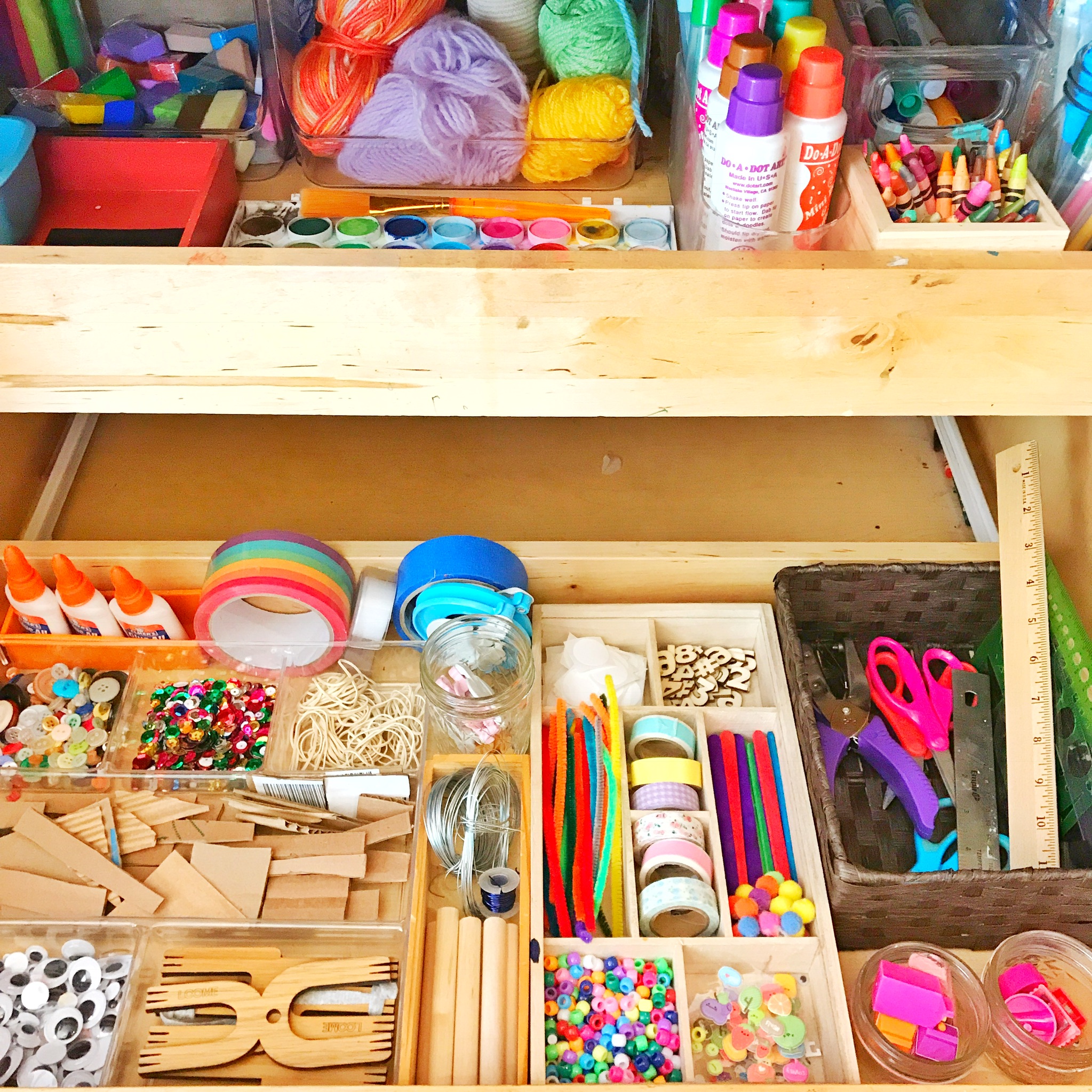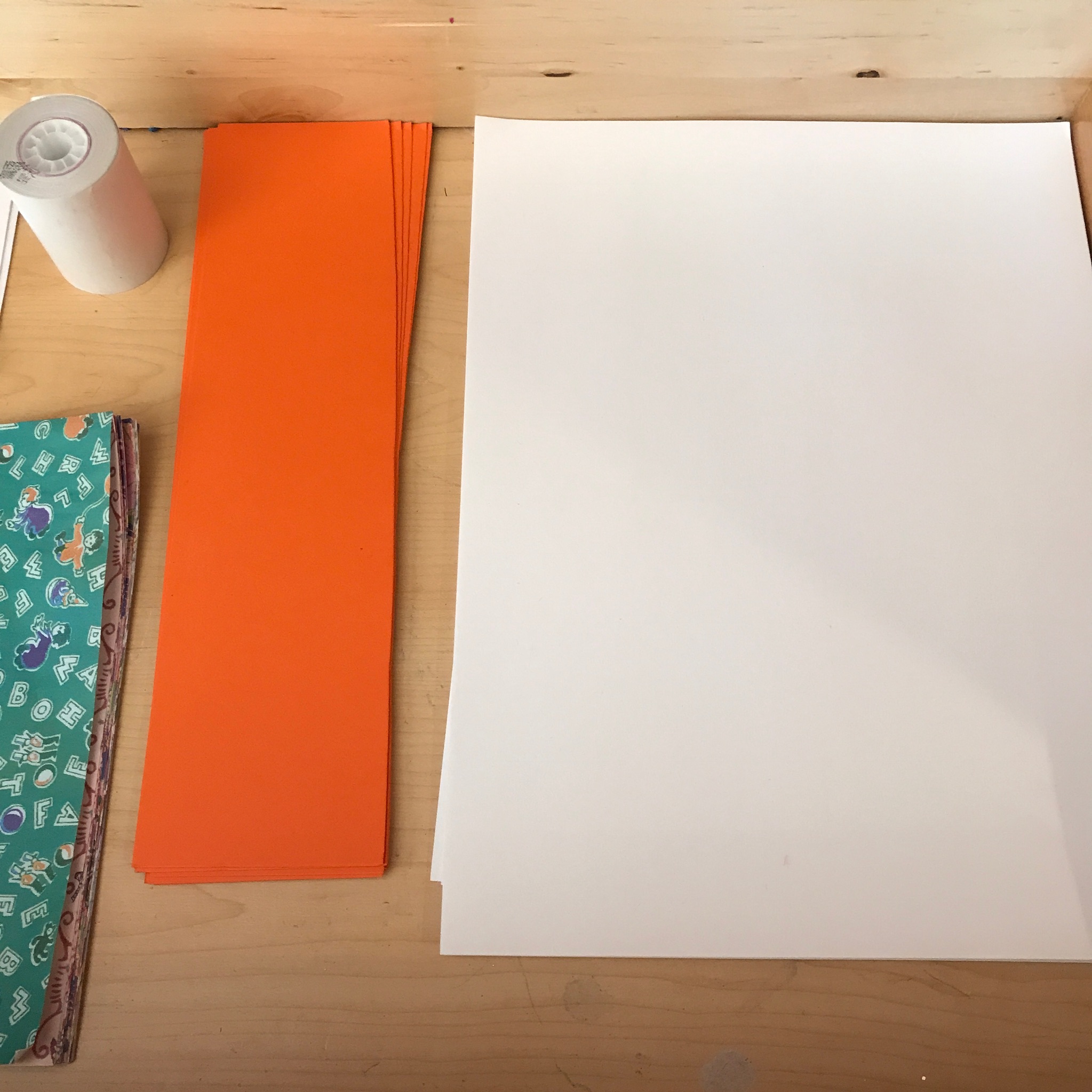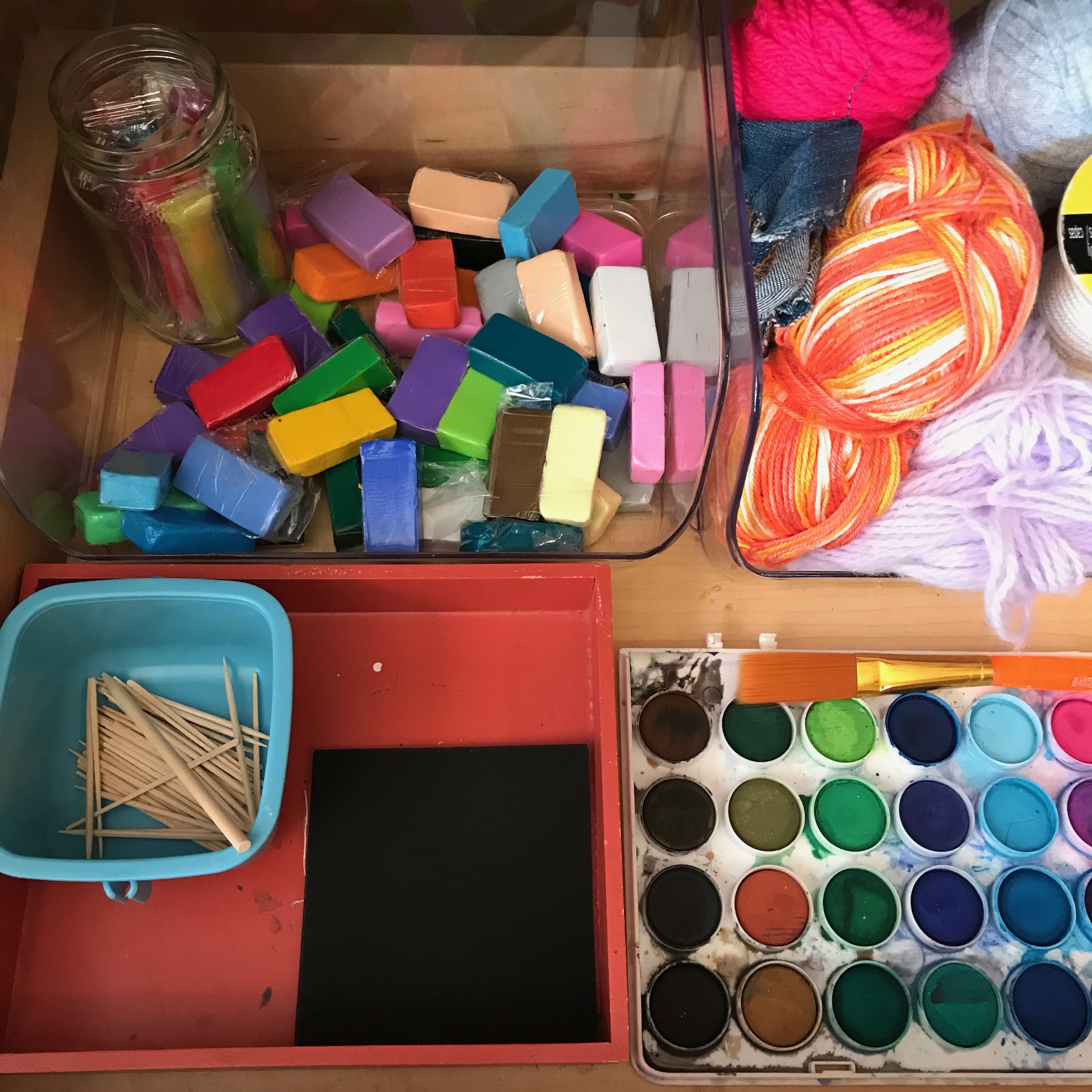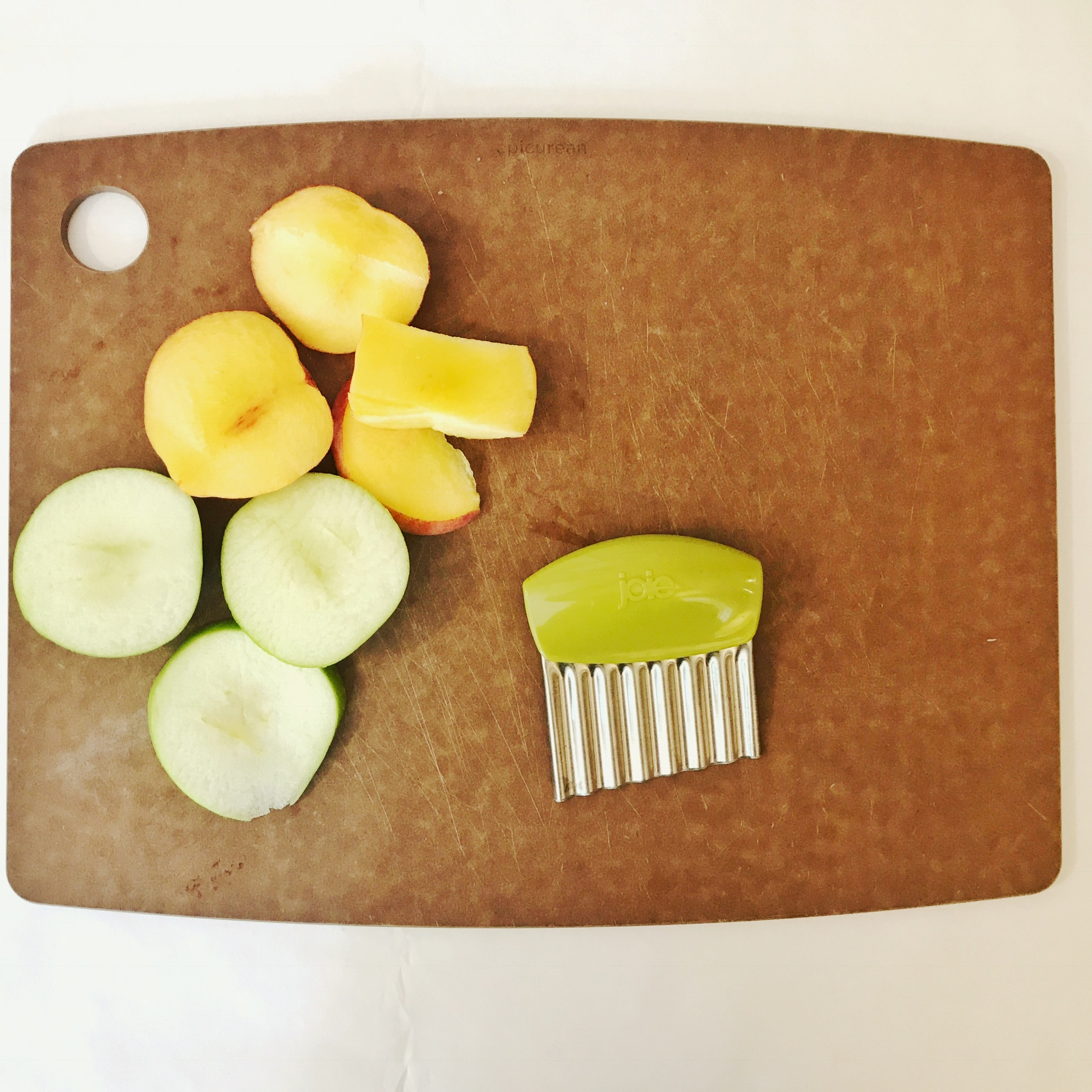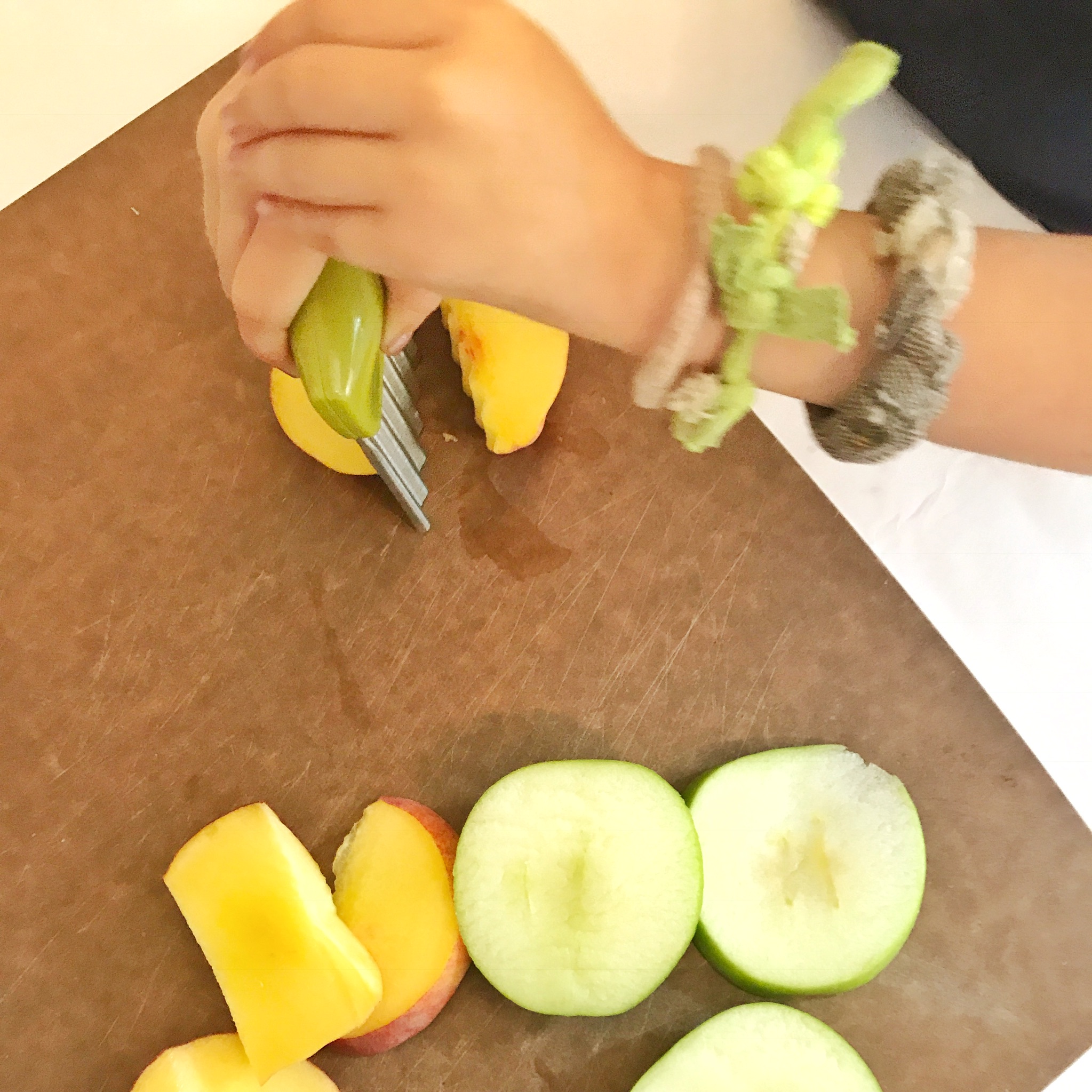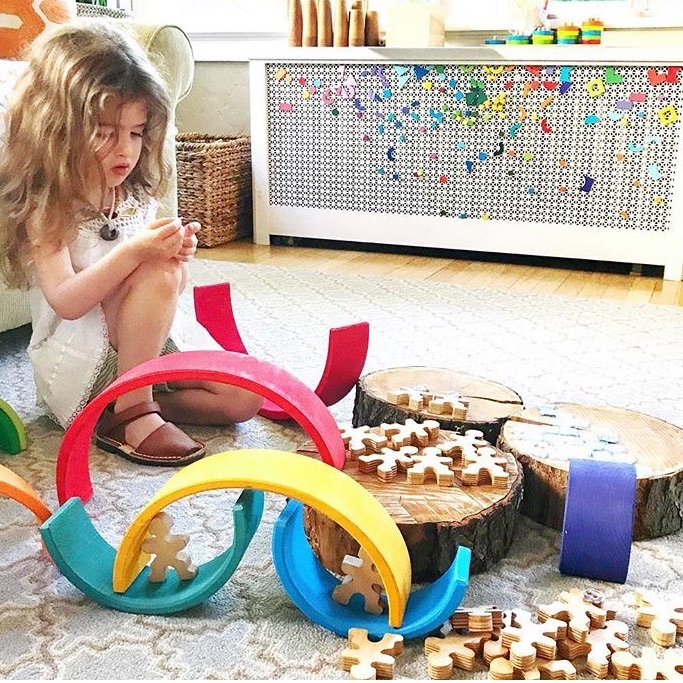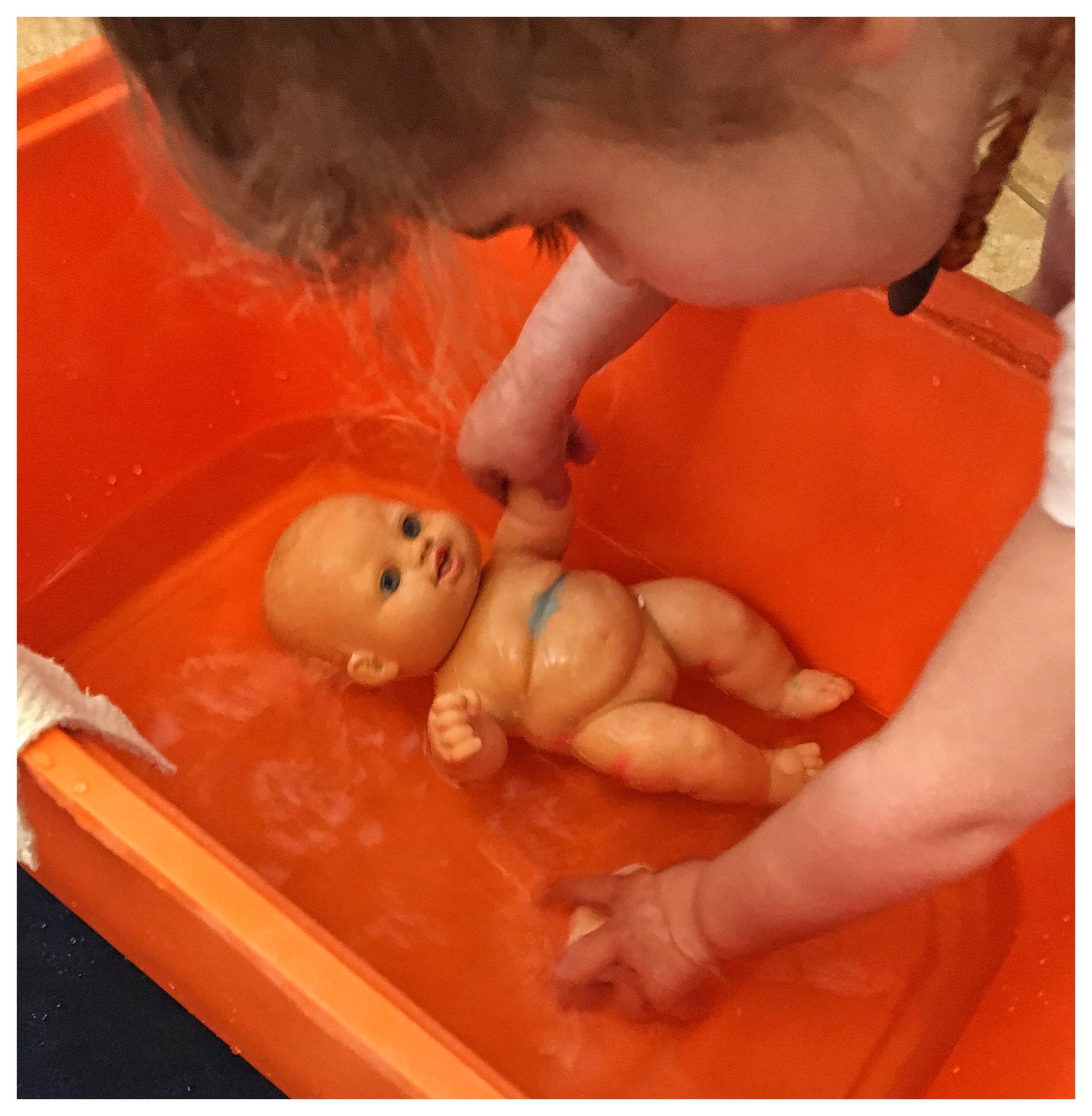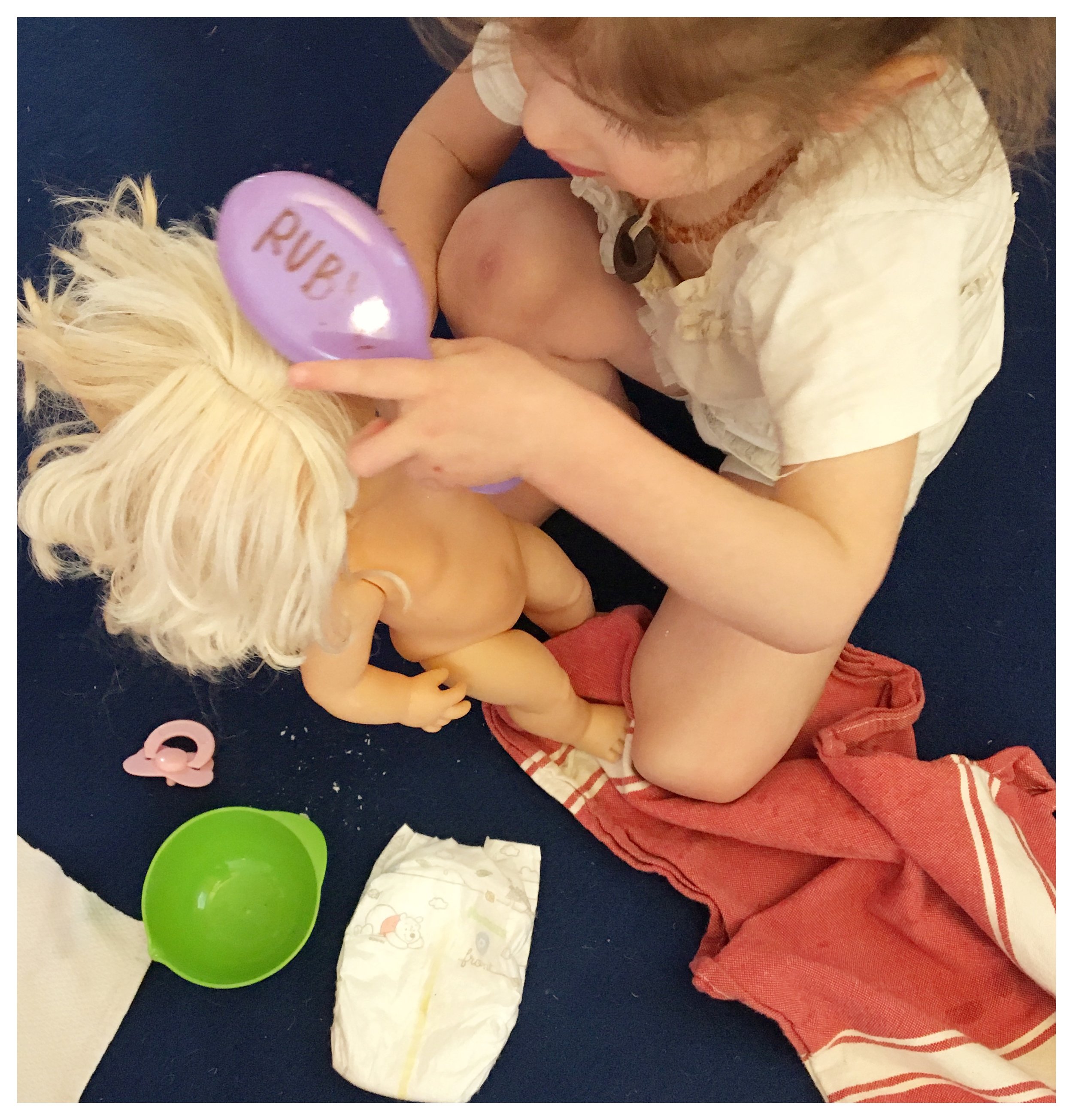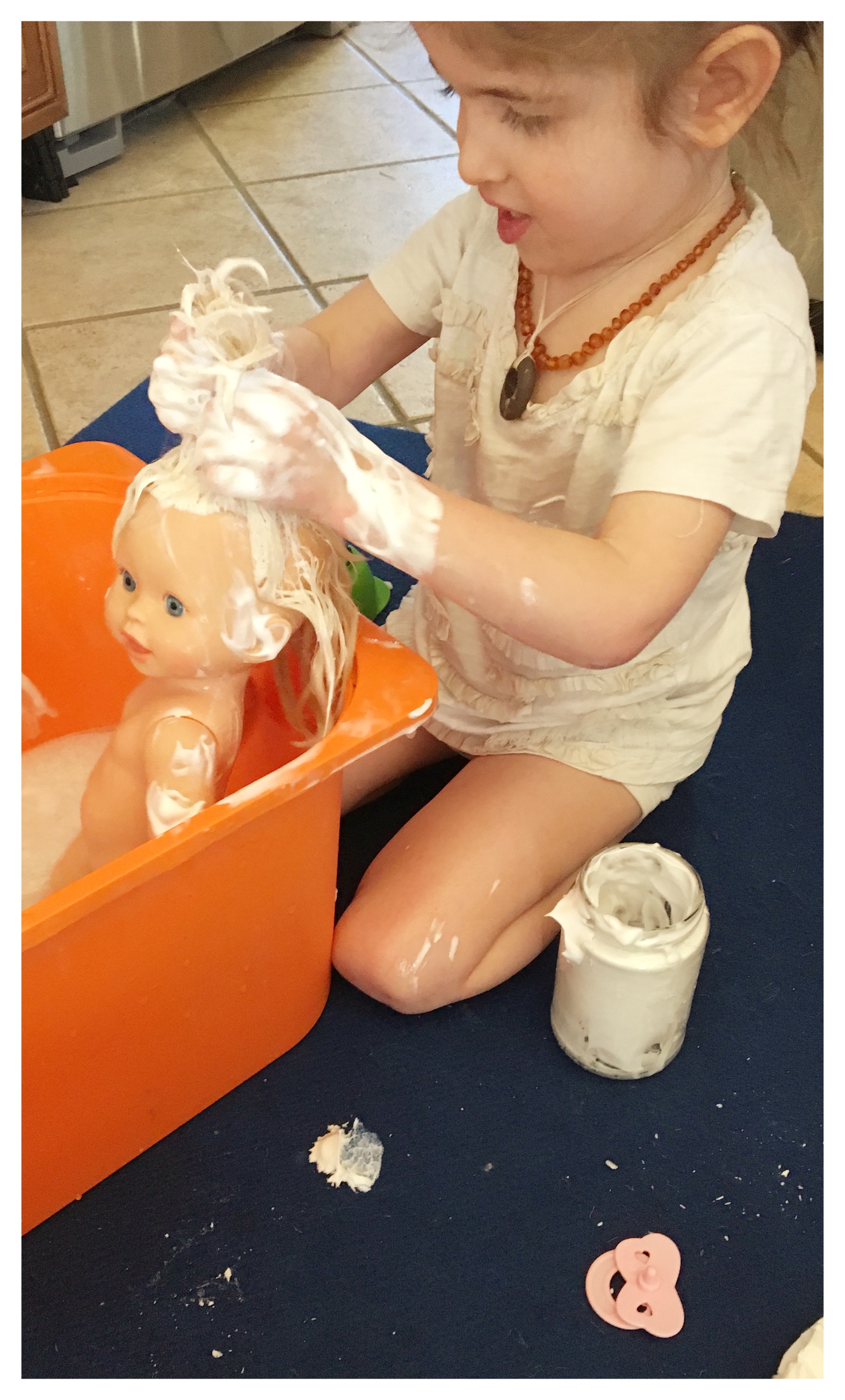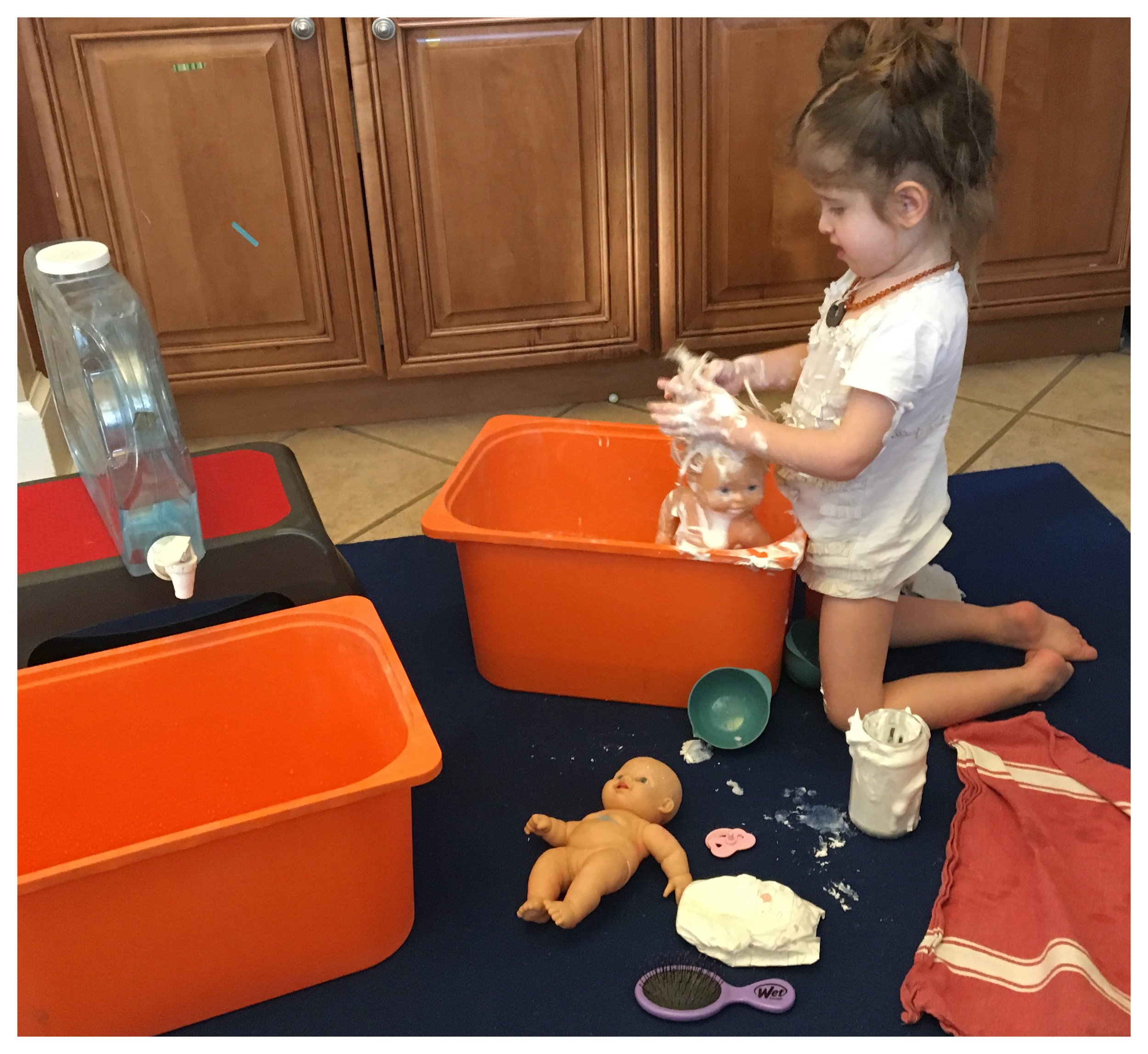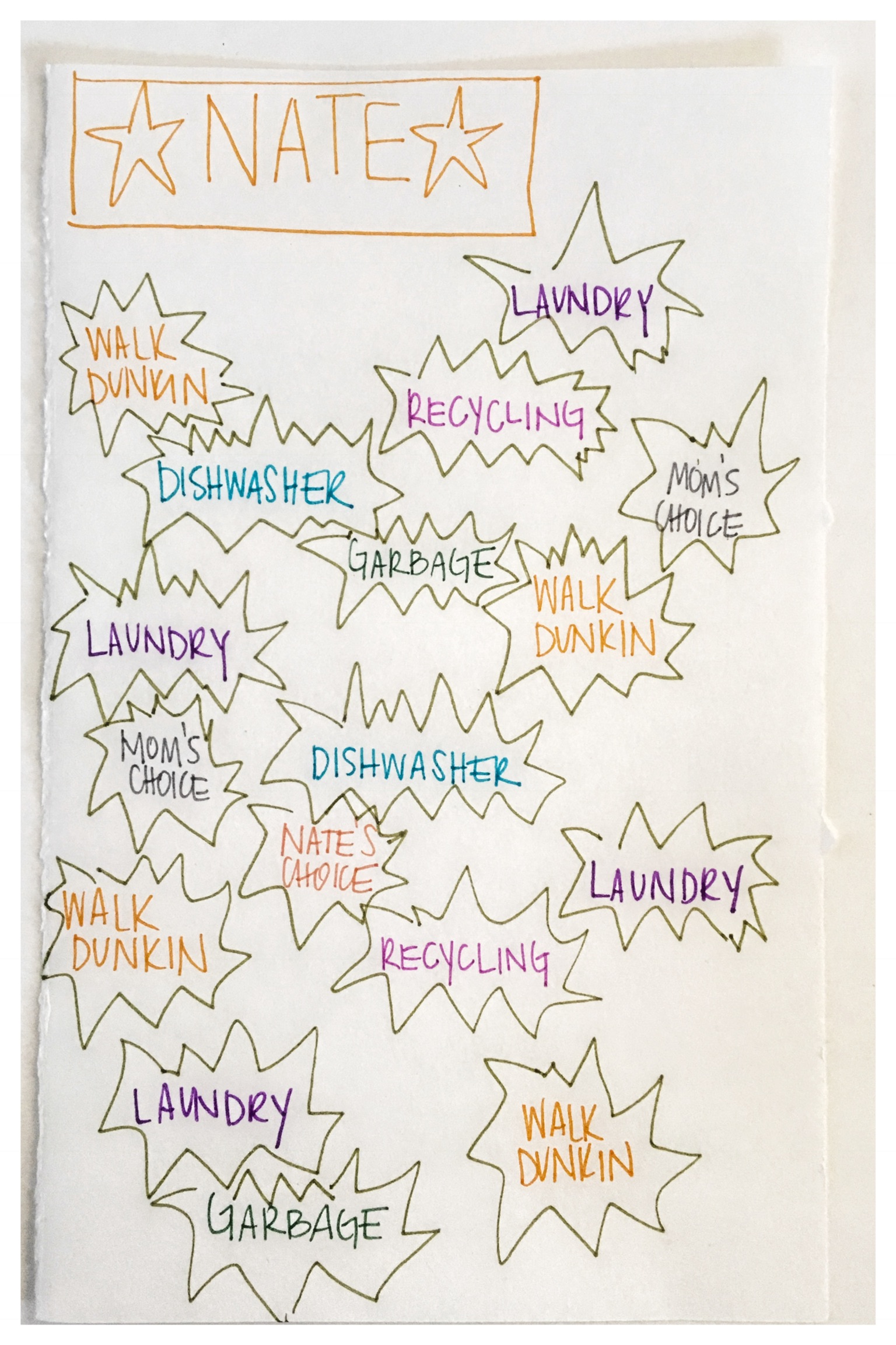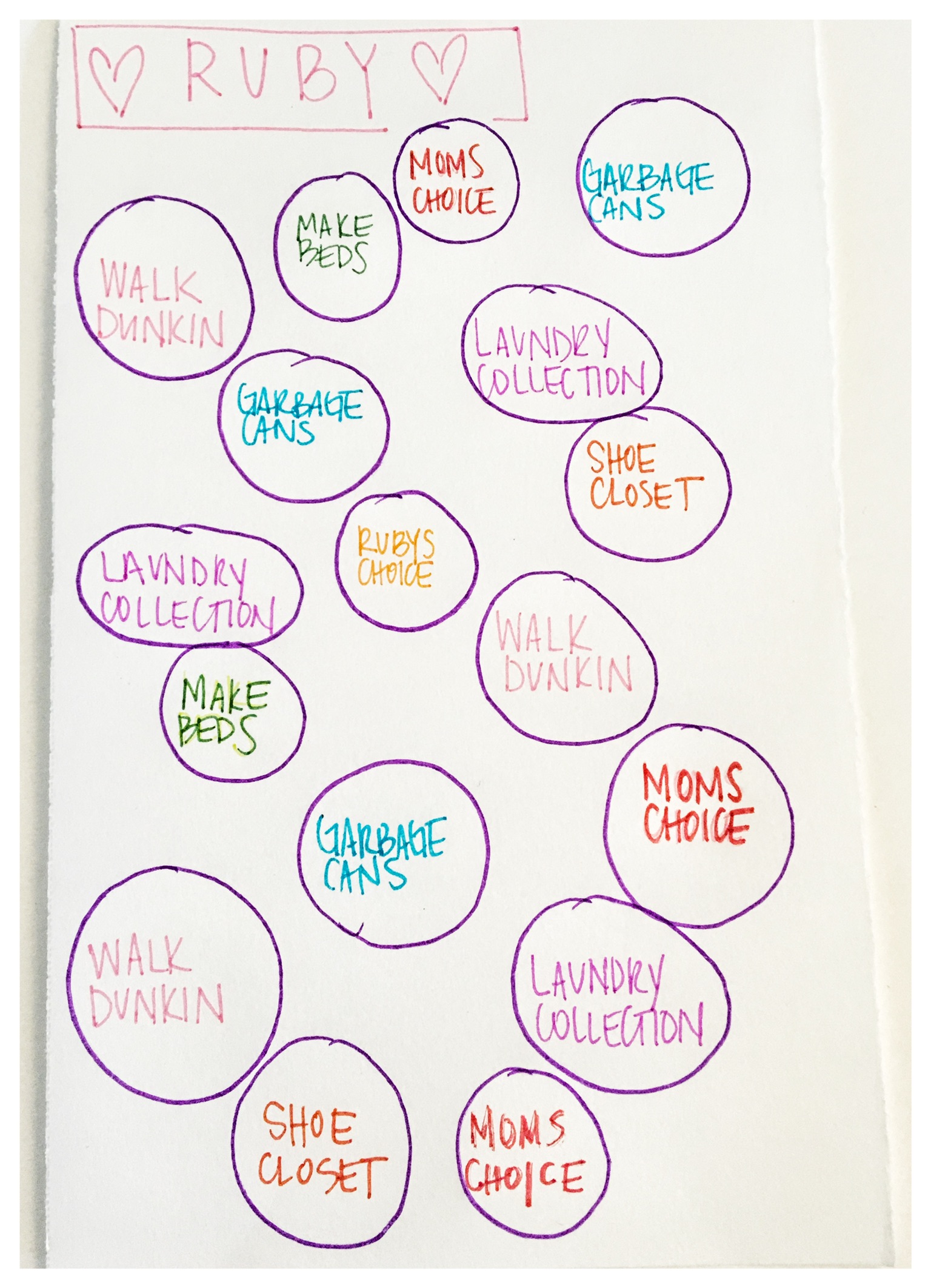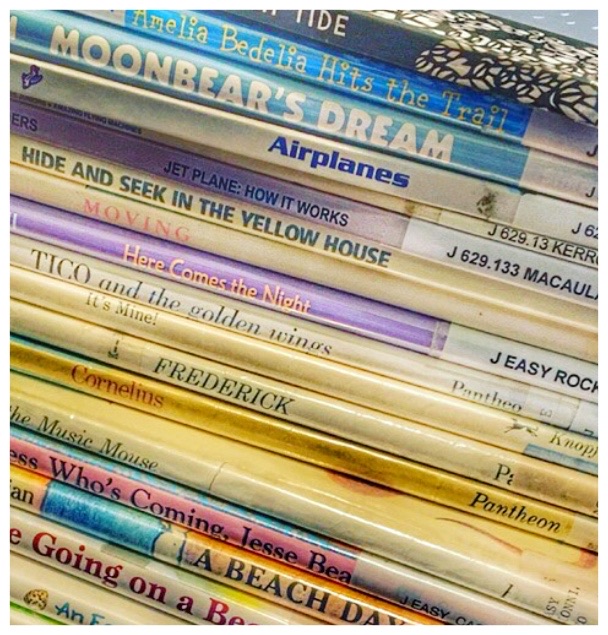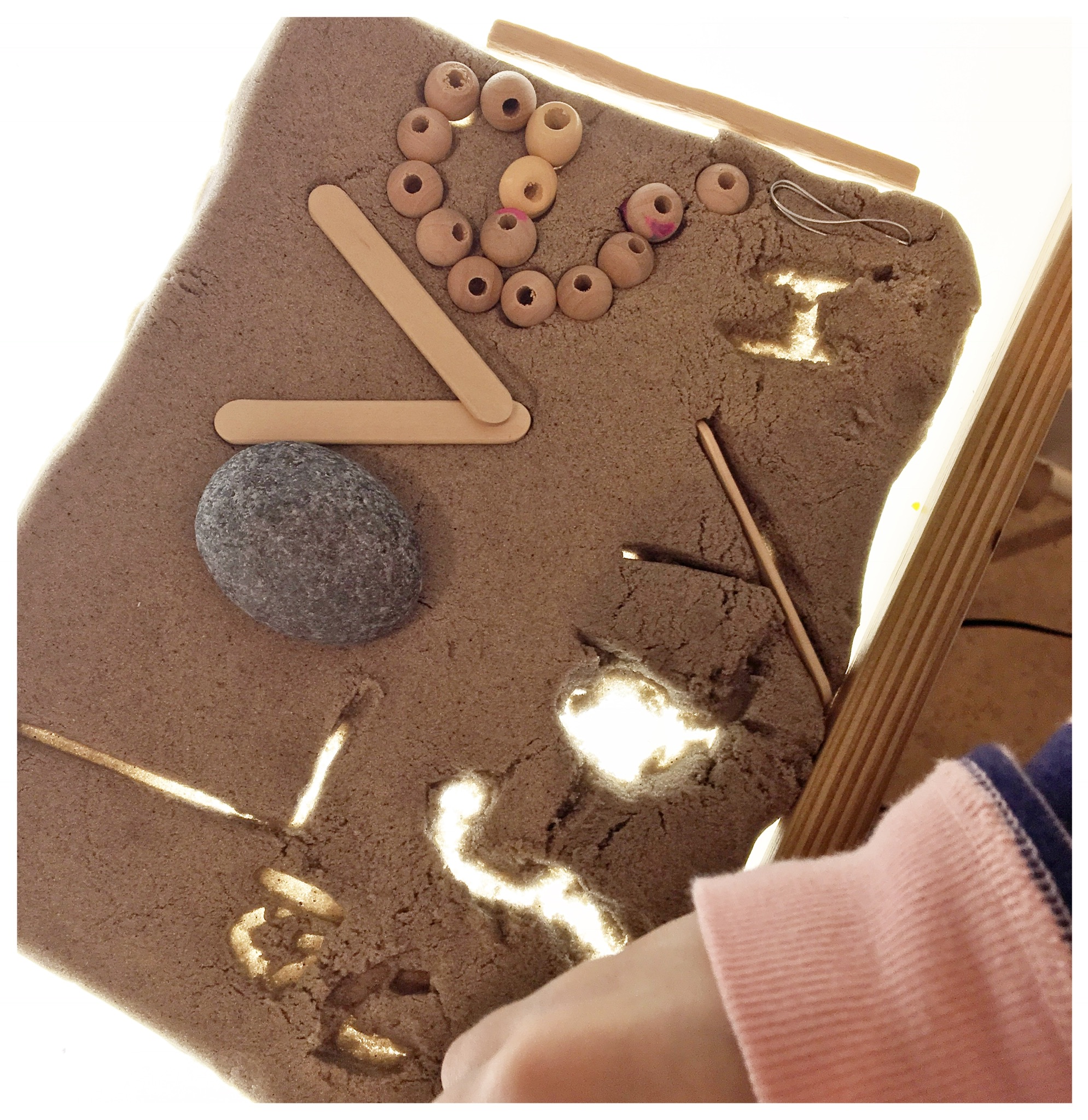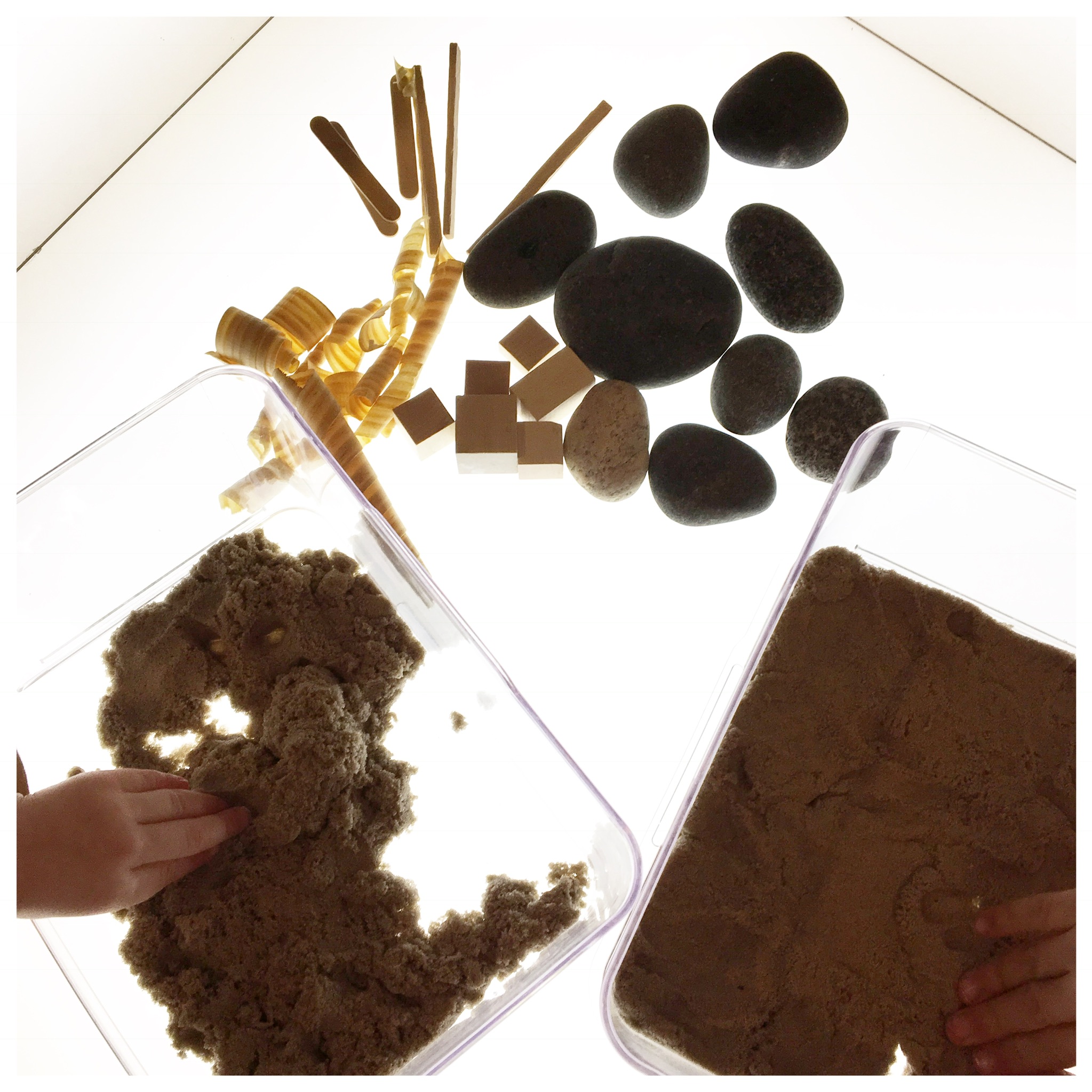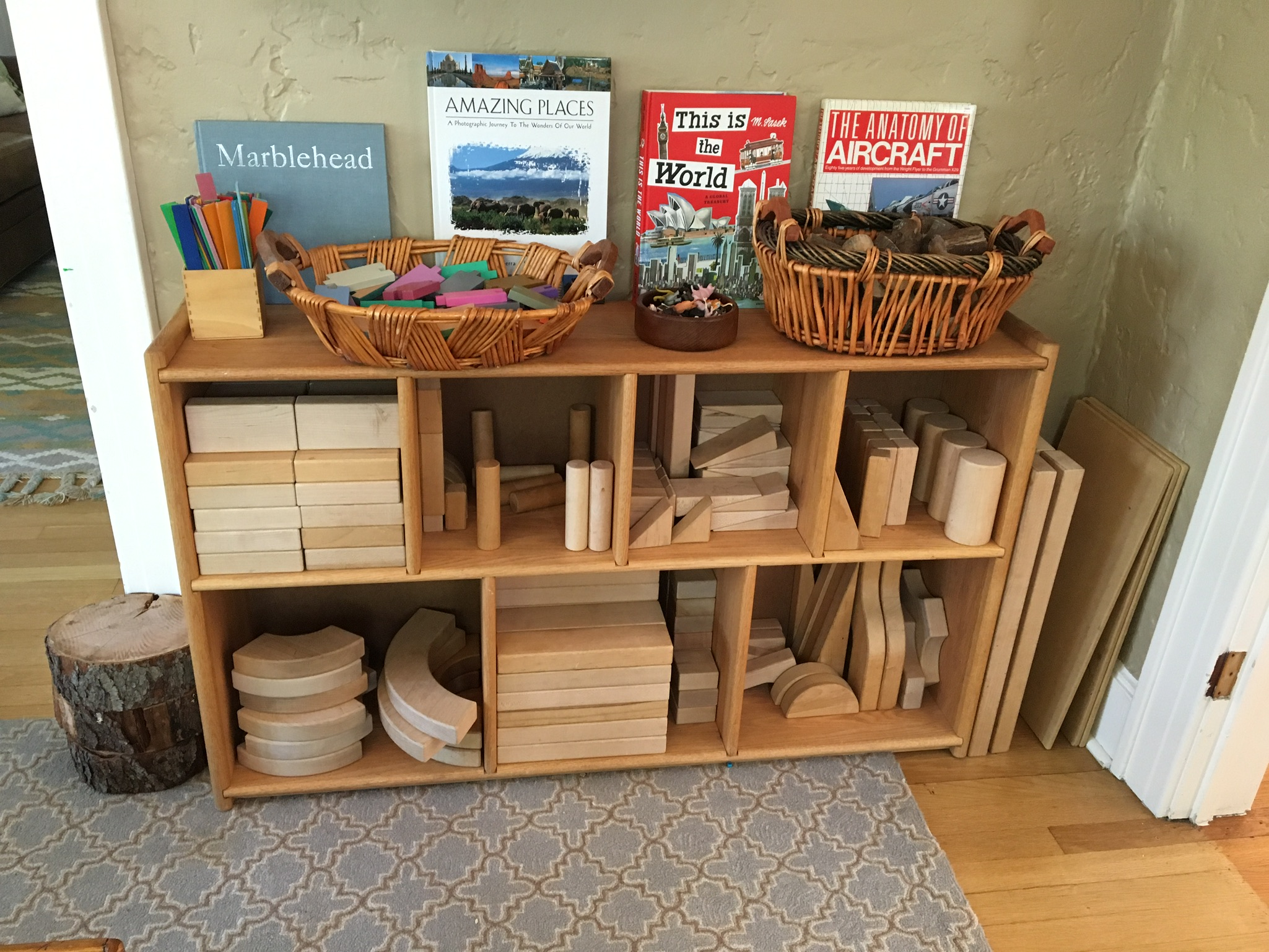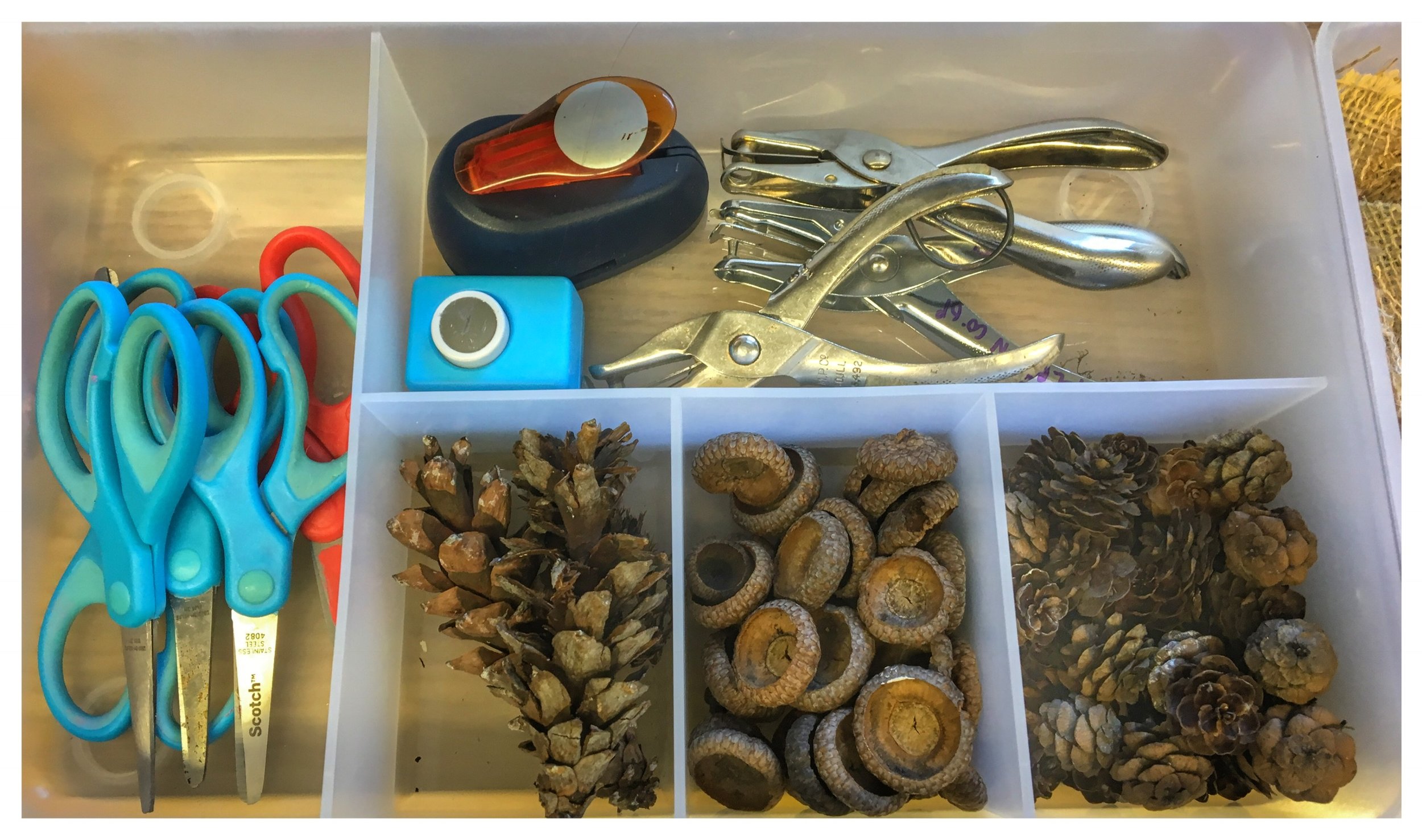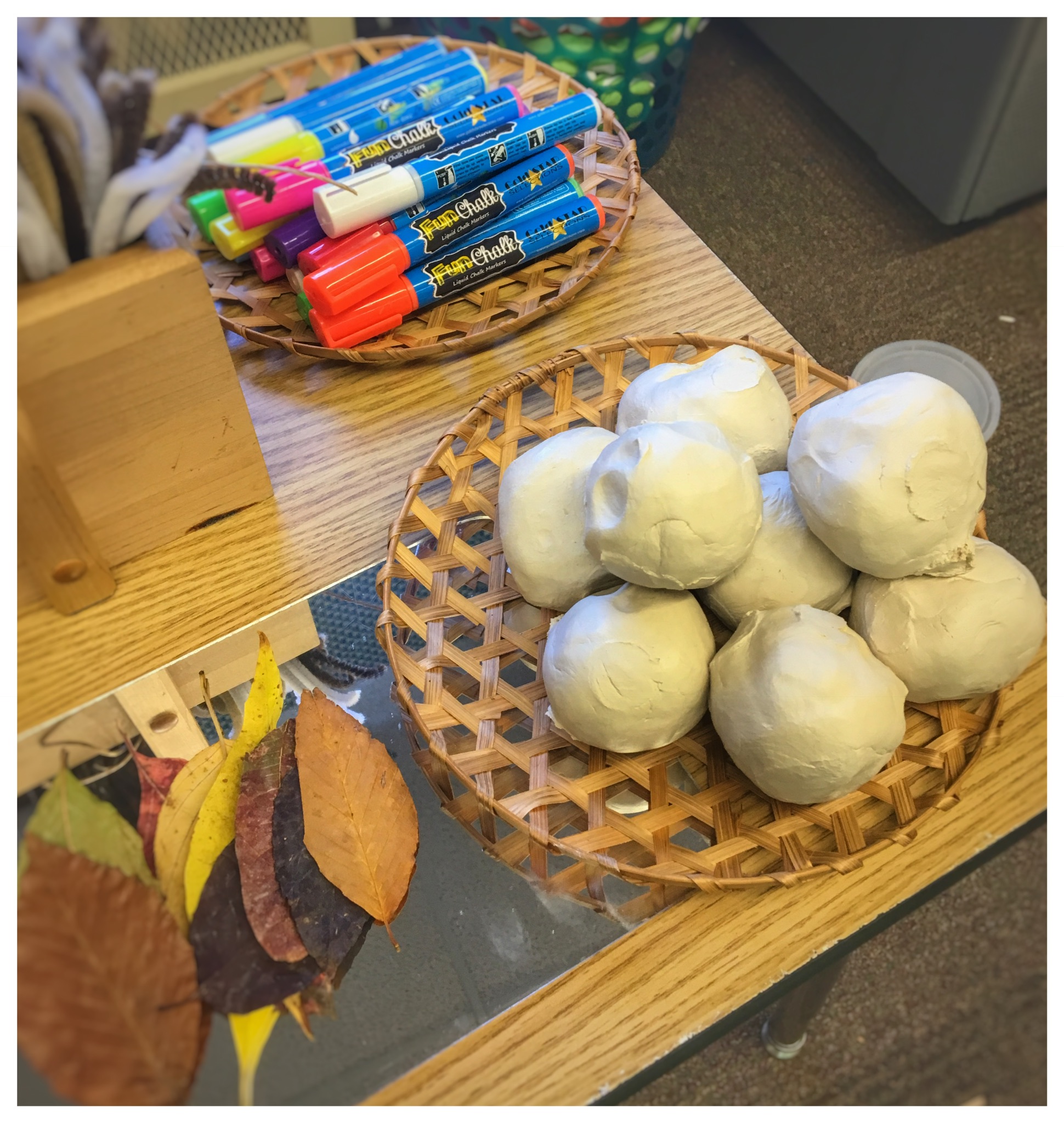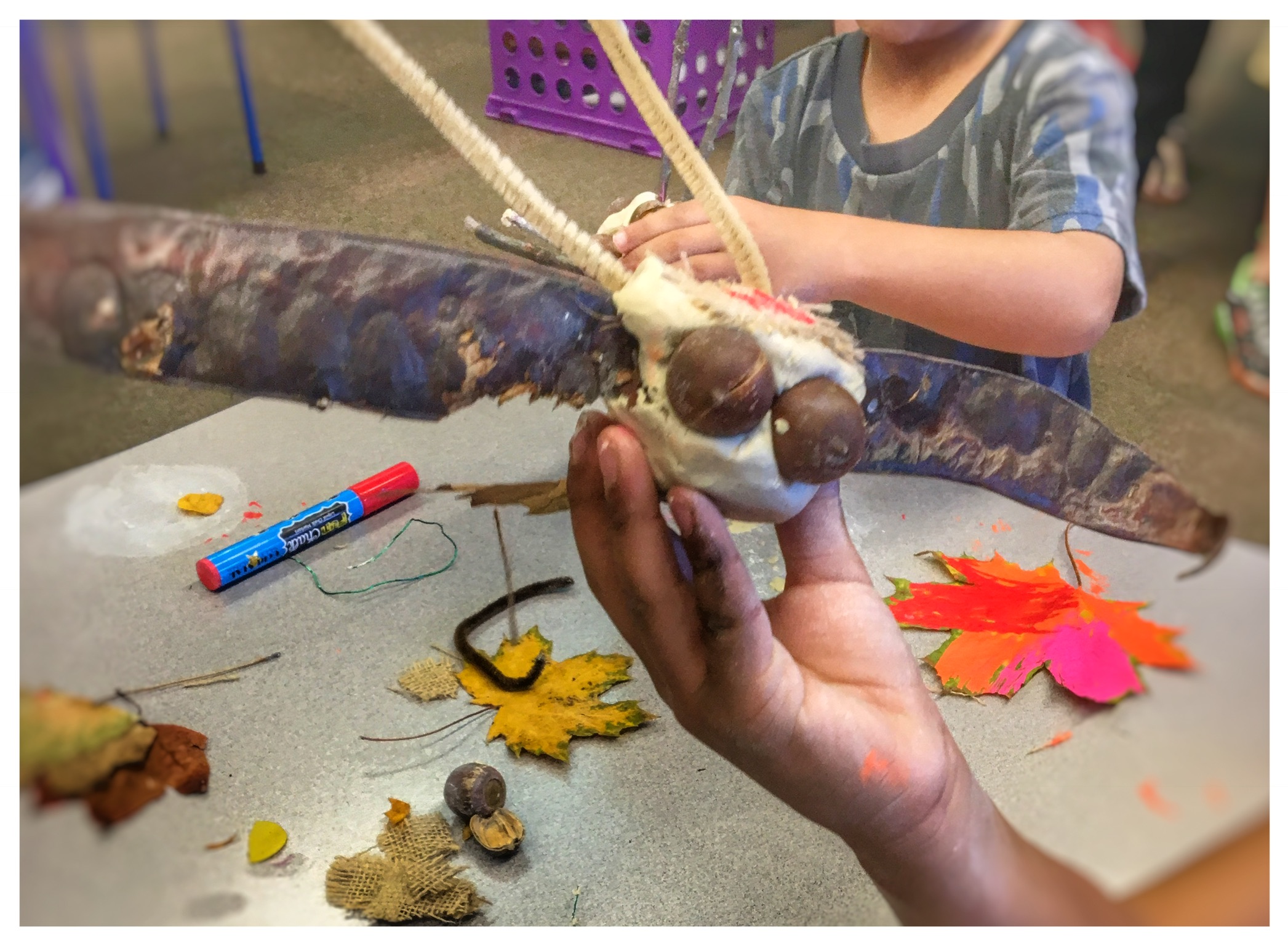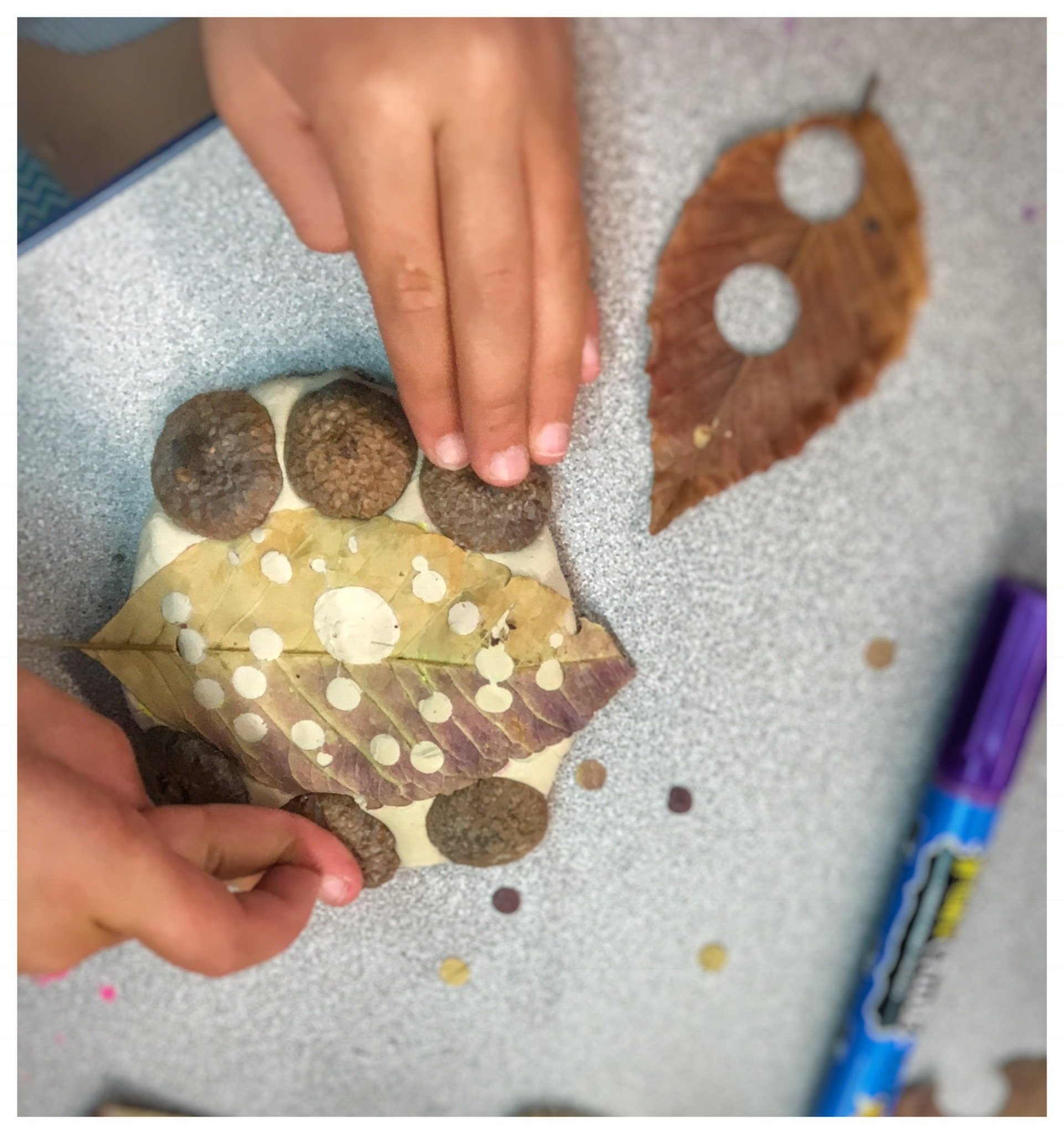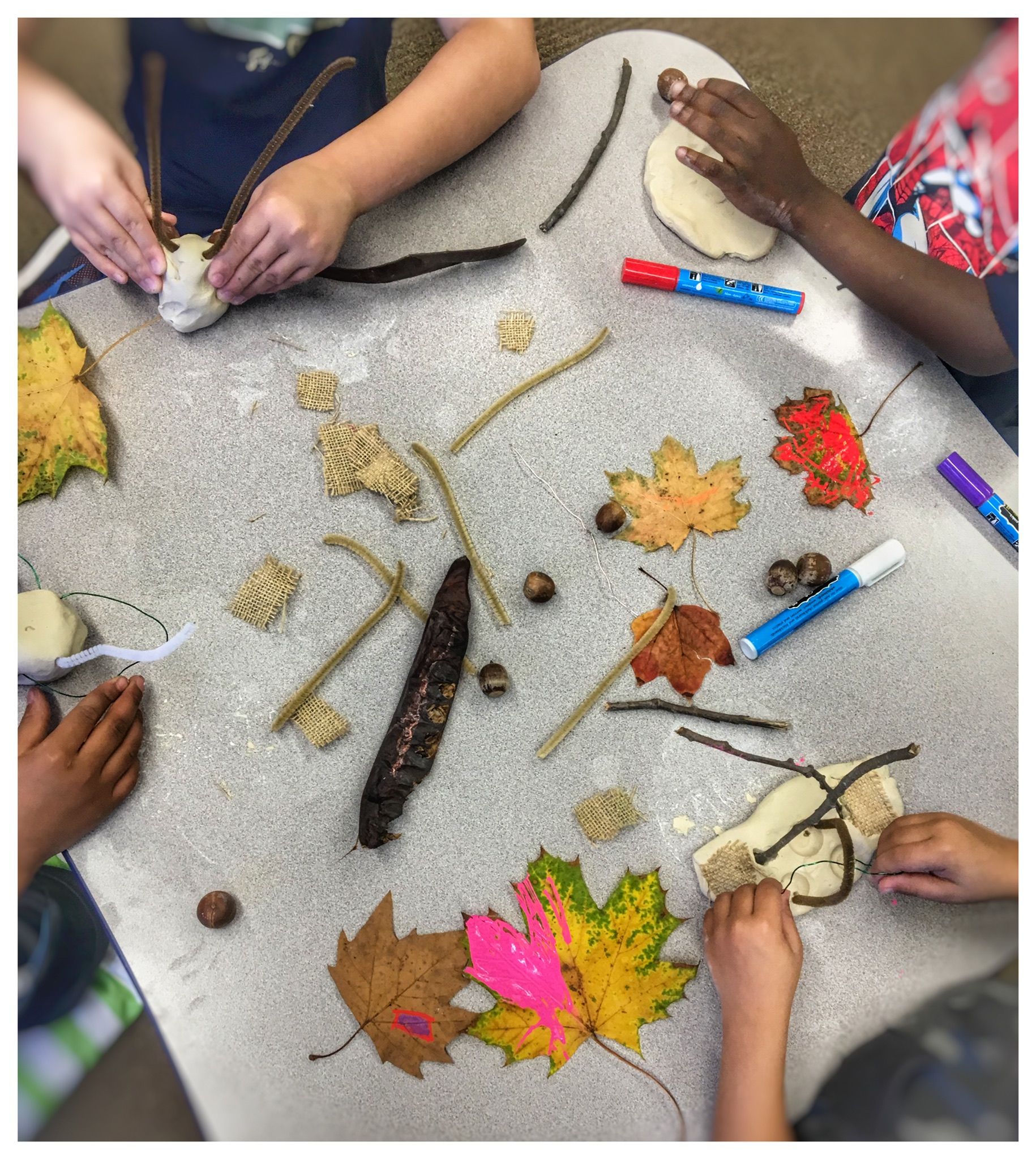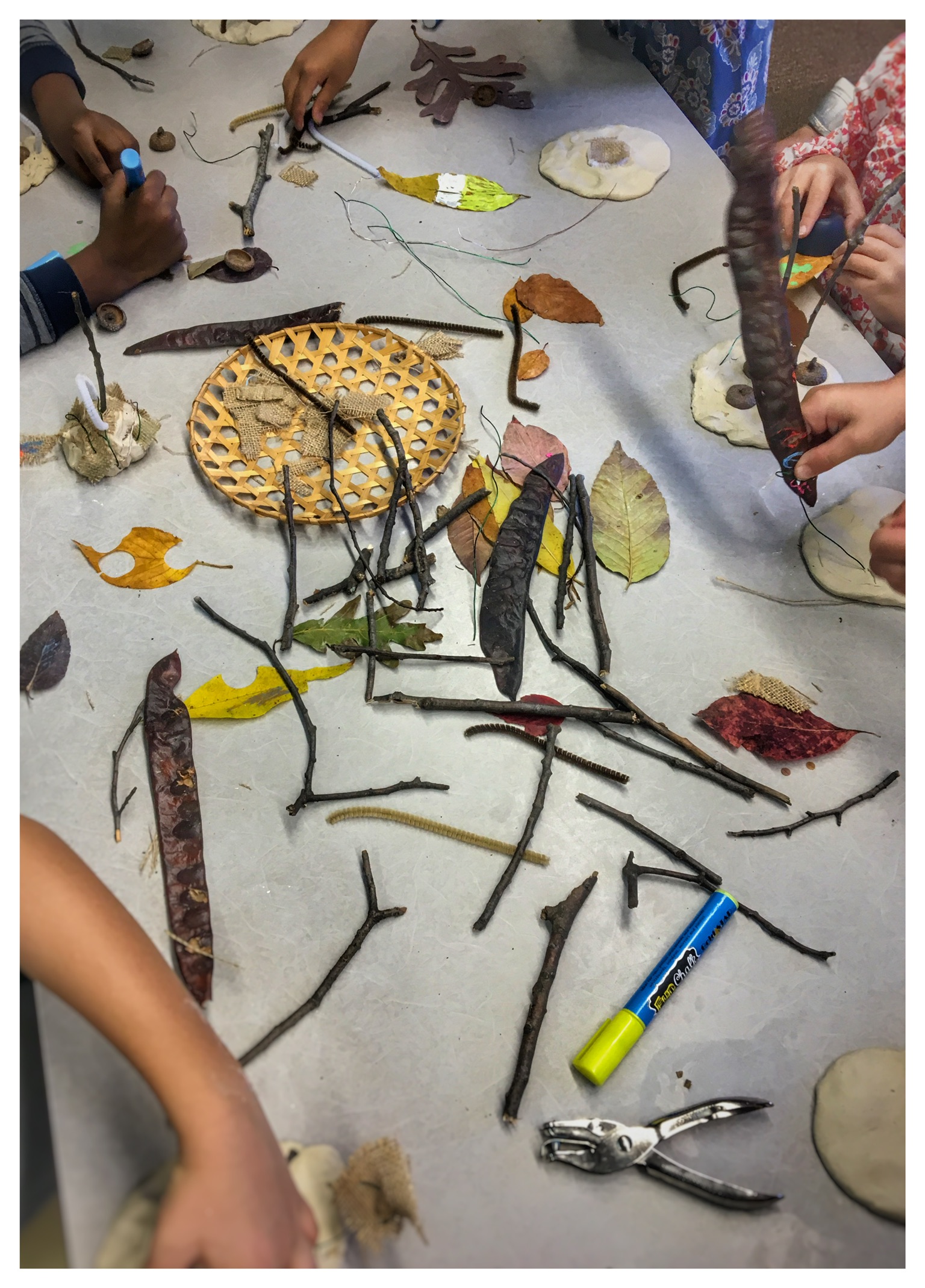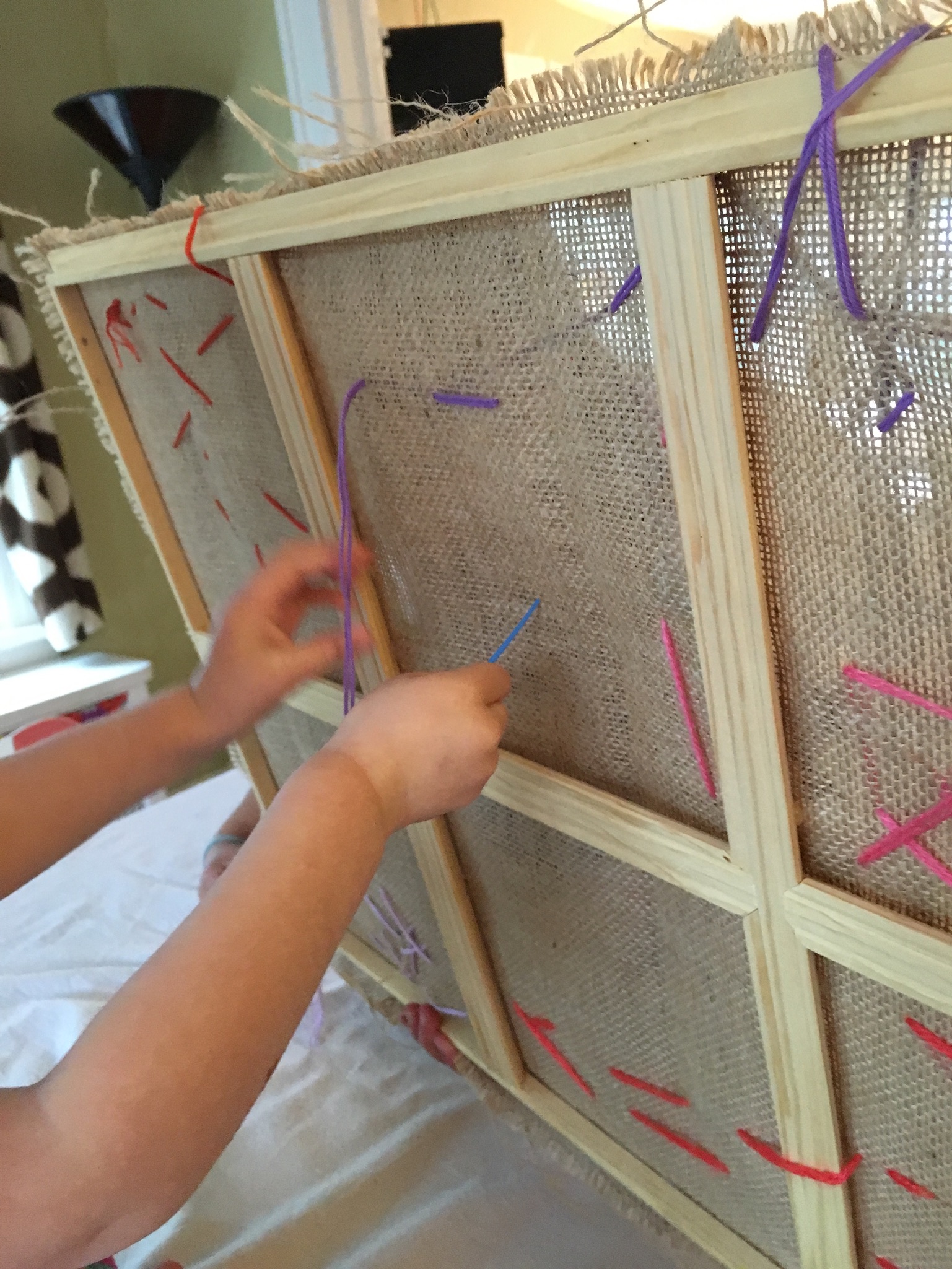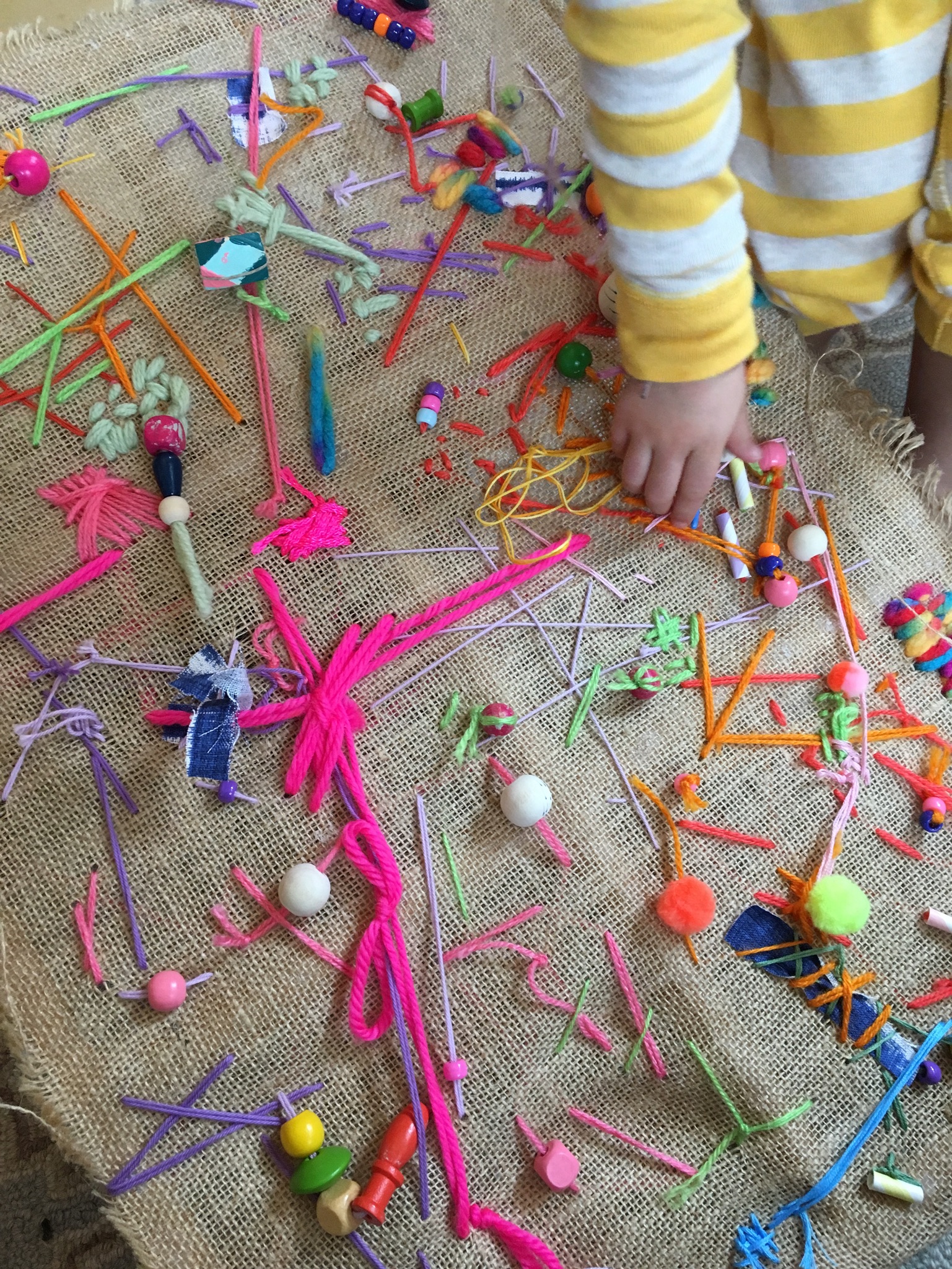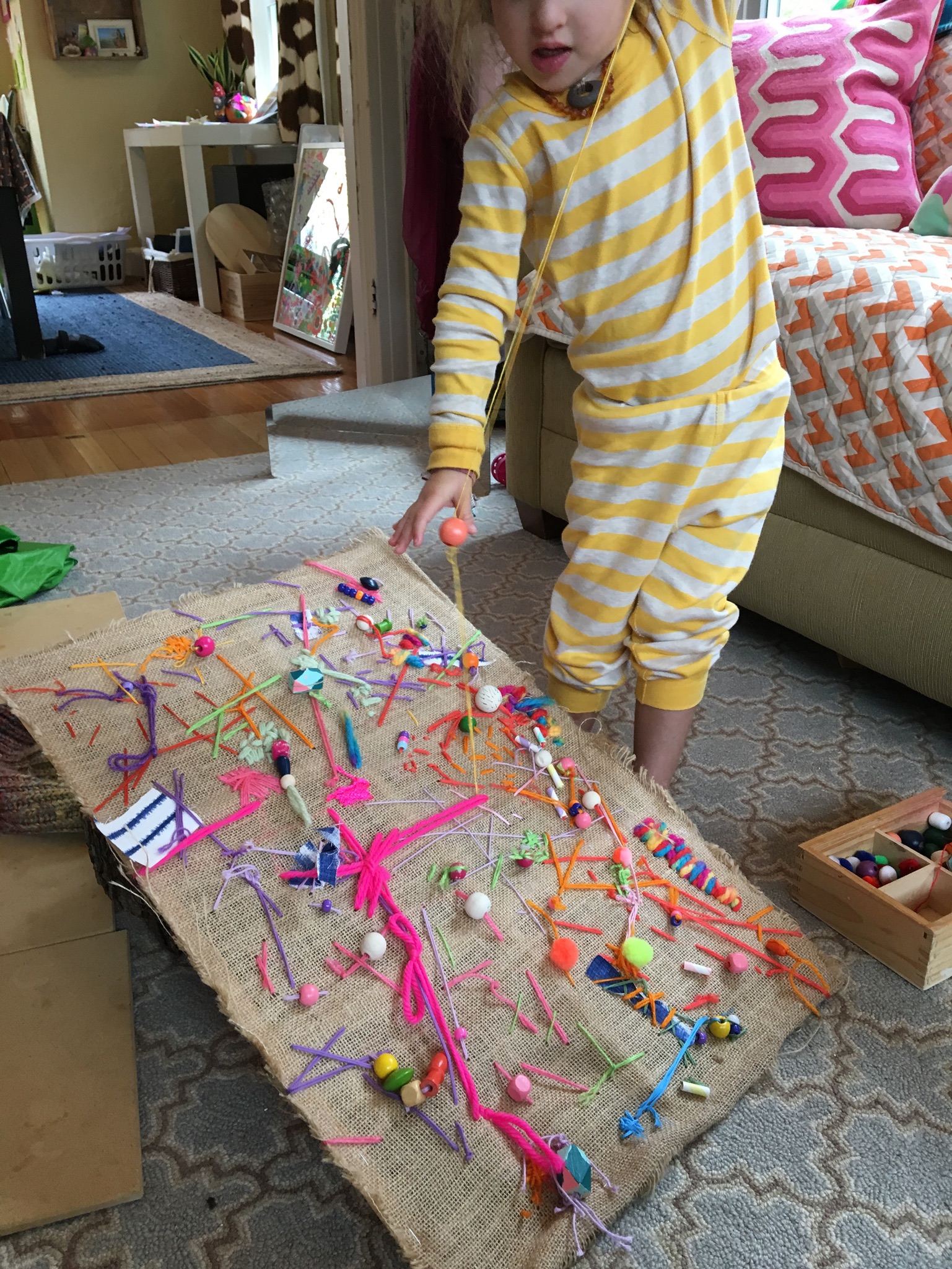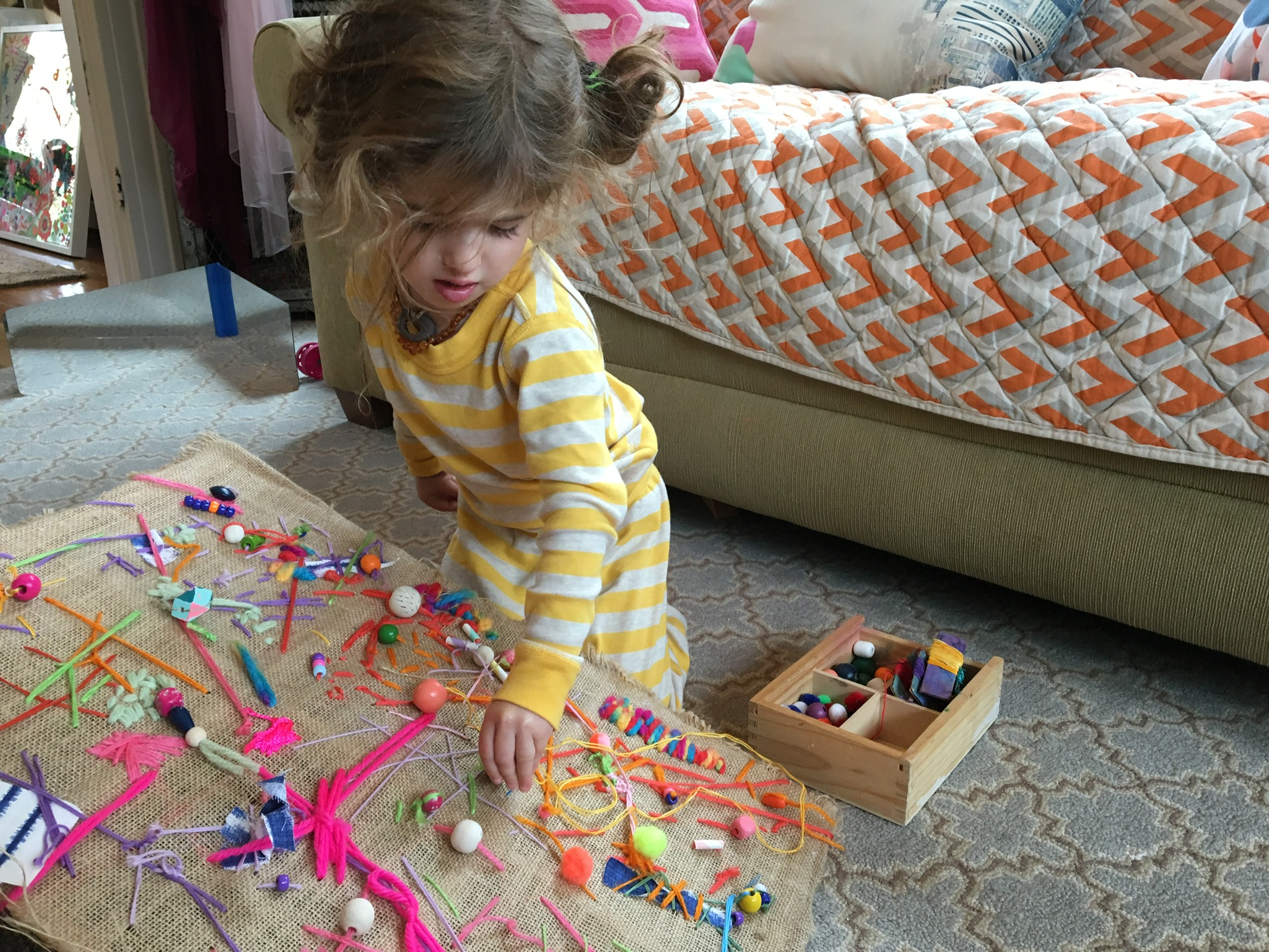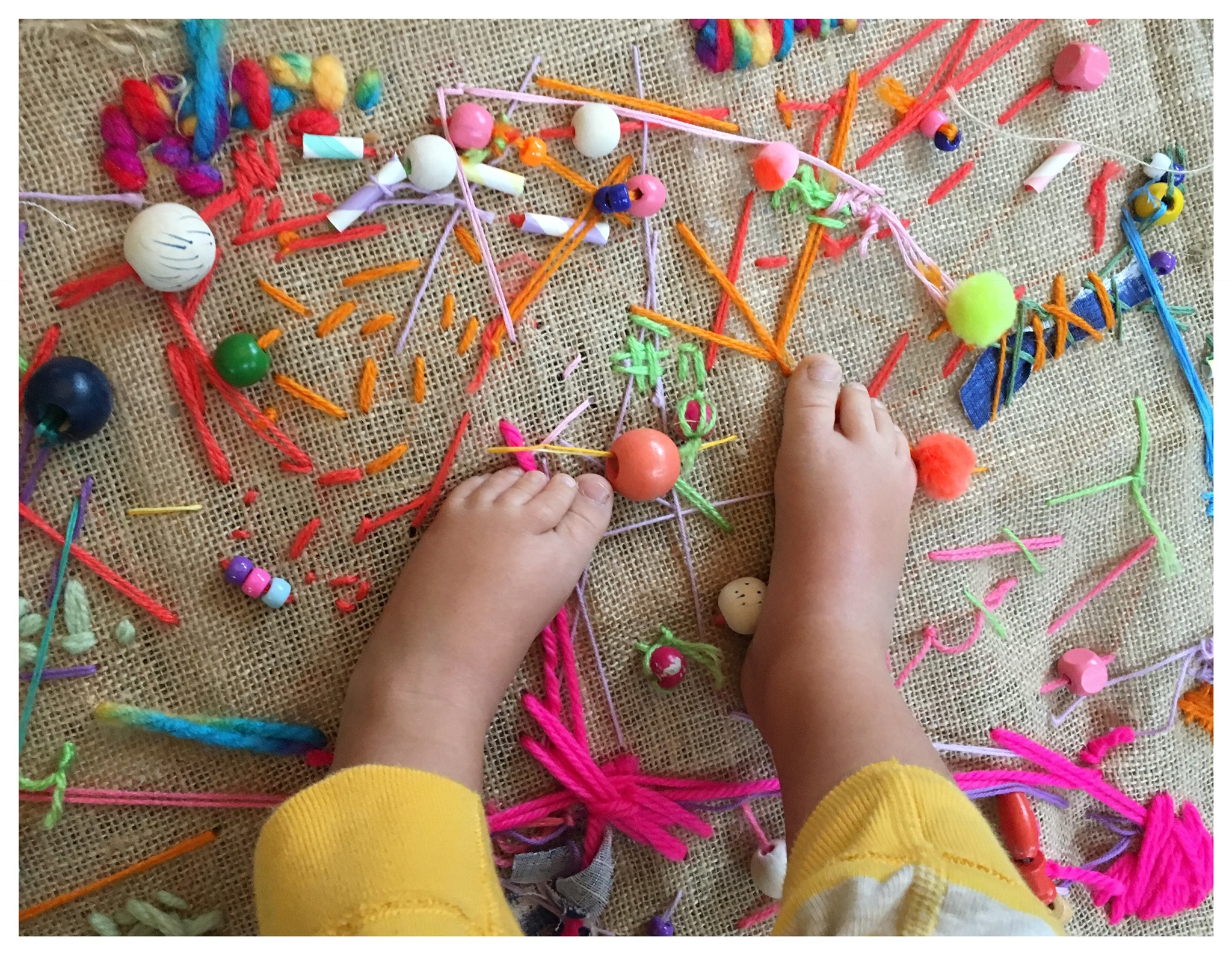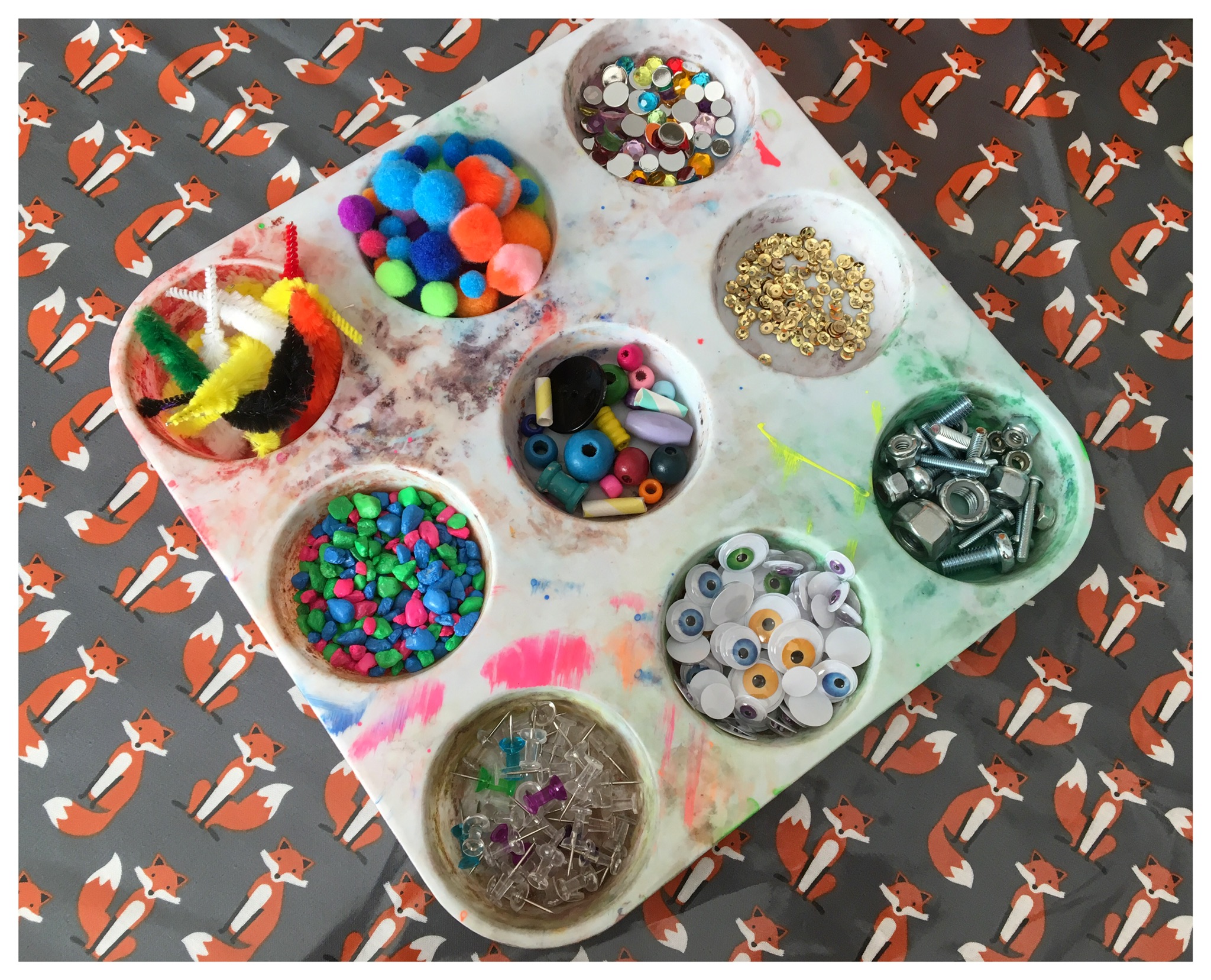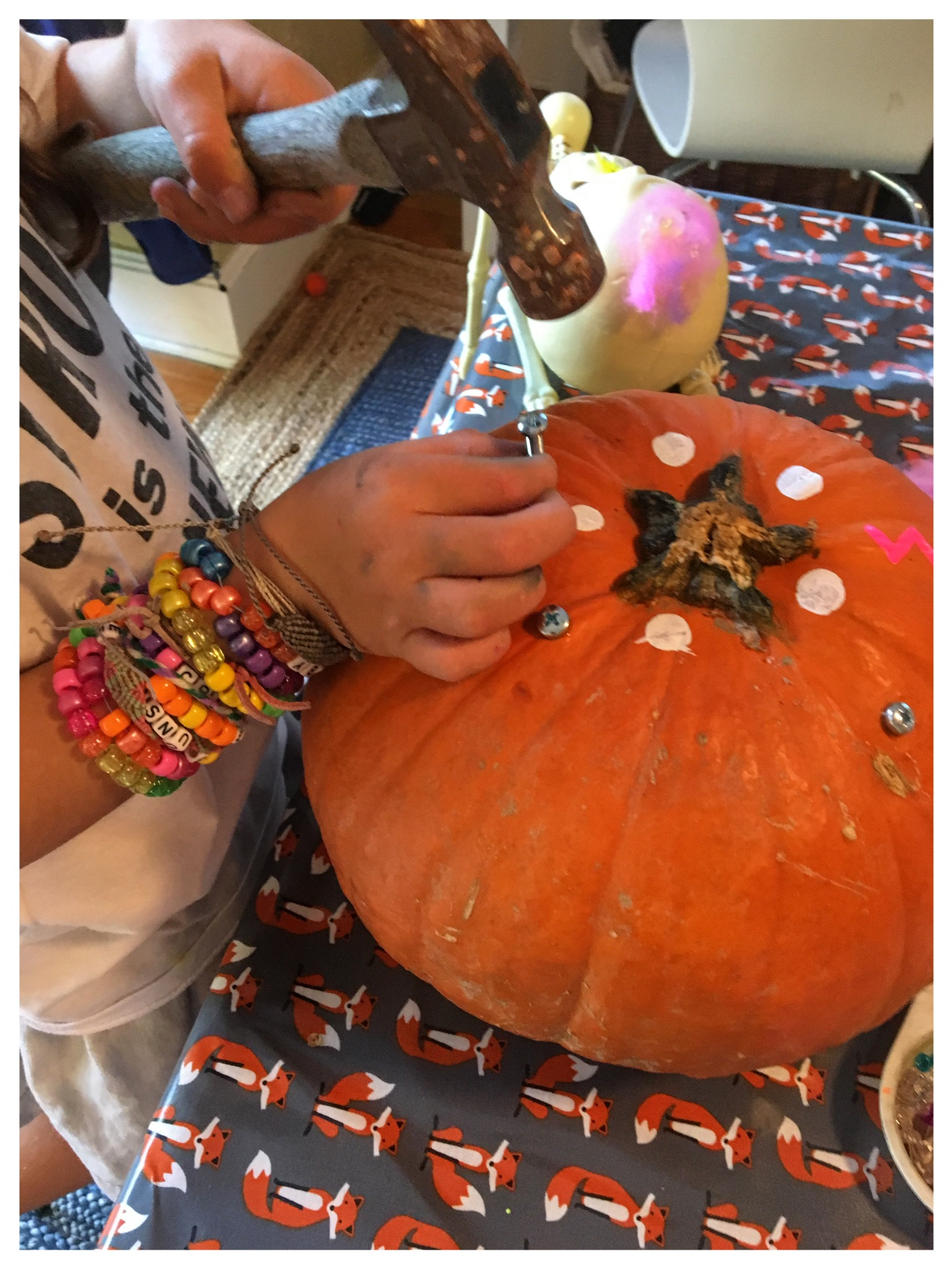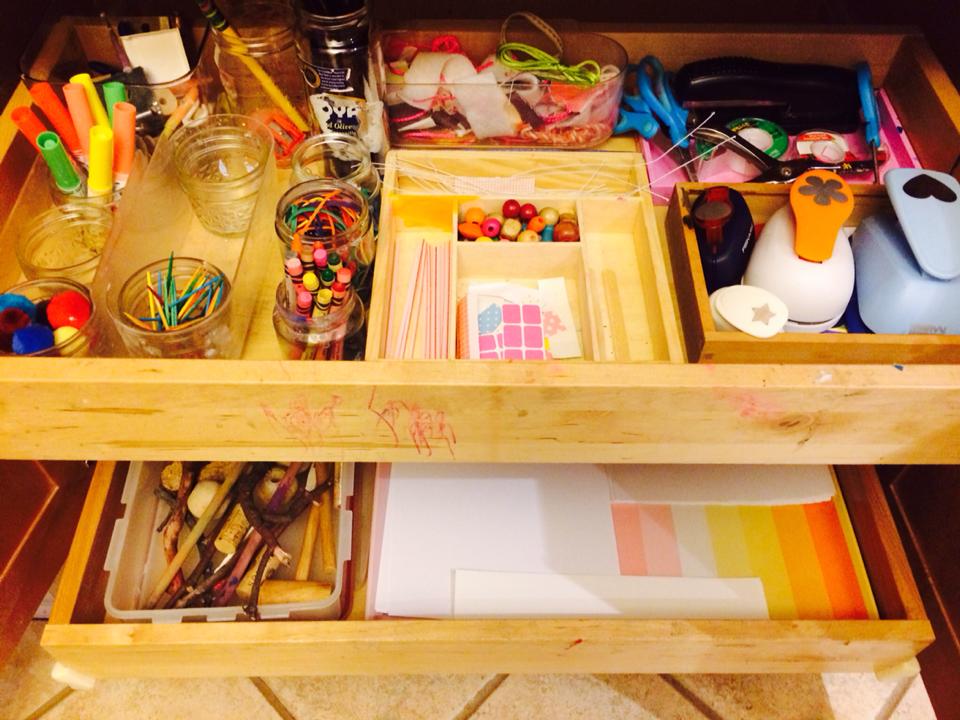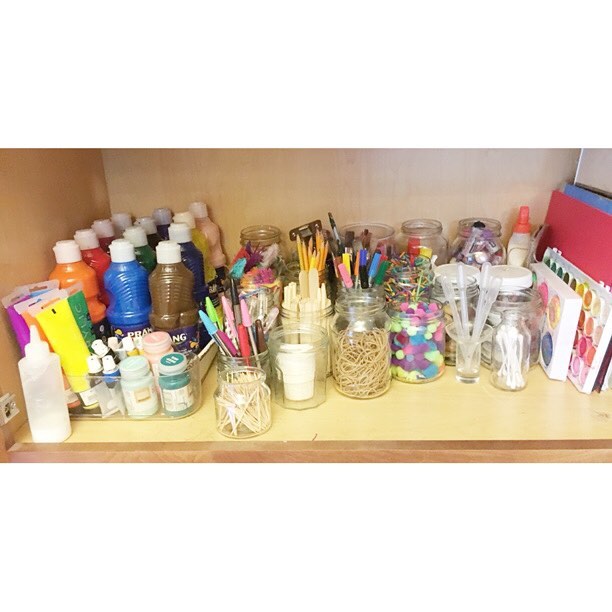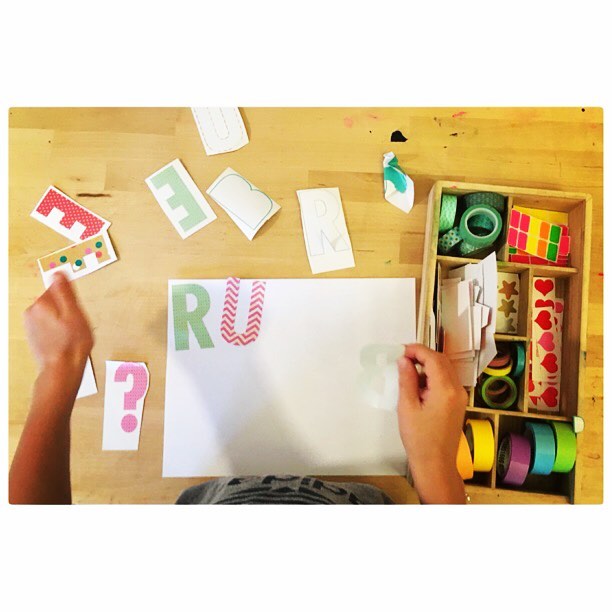Workspace Guide to Holiday Shopping...
/If you've been following along with us for a while, you know that I am all about quality over quantity of toys. Our playroom is small with open-ended materials that are appropriate for all three of my children (10,7,4). Yes. You read that right. All three children can use all of the materials in our playroom. That is the special thing about finding a well-made, open-ended material. It lasts forever and can become whatever your child wants it to be- at any age.
Now, I know you are about to be invaded with gift guides. I usually don't even do one because I feel so overwhelmed by all of the ones other people publish! But, many of you have asked me to provide you with a gift-guide, so here it is...I will be publishing three guides this year. So keep your eyes peeled for the other two!
The first guide is things we already own (or very similar products) and have loved for years. I have attached some affiliate links, and I really appreciate you purchasing through my link. It gives me a tiny fee and it costs you nothing.
1. Unit Blocks 2. Grimms Large Rainbow 3. Felt Library 4. Playsilks 5. Light Table 6. Hape Dollhouse 7. Wooden Rocker Board (Click for link to purchase)
If you've been following along with us for a while, you know that I am all about quality over quantity of toys. Our playroom is small with open-ended materials that are appropriate for all three of my children (10,7,4). Yes. You read that right. All three children can use all of the materials in our playroom. That is the special thing about finding a well-made, open-ended material. It lasts forever and can become whatever your child wants it to be- at any age.
This is a guide to things we already own (or very similar products) and have loved for years. I have attached some affiliate links, and I really appreciate you purchasing through my link. It gives me a very small kickback and it costs you nothing. Please reach out to me with ANY questions about anything in this guide. Share it with the grandparents!!
Here's the WHY behind the items that I chose to share in our guide:
1. Unit Blocks... This is a link to the FAVORITE most-used toy in our home.
2. Grimms Rainbow... This is one of my favorite things to give. It looks beautiful on any shelf and can be played with a billion different ways. It is so well made and no one is EVER unhappy with this gift. Kids know what to do with a Grimms Rainbow.... and their parents are psyched it's not plastic and it doesn't make noise or need batteries.
3. A Felt Library. I bought one of these a few years ago on a whim. I was attracted to the vibrant colors and texture. These are a staple in our playroom. They are for sorting, pretending and much, much more.
4. Set of Large Playsilks. These playsilks will replace all of the "dress up" chaos in your home. These silks can be a roof for a fort, a beautiful dress, a cape, or something to drag your little sibling around on. They make baby beds and nests for stuffed animals. Bonus: They look beautiful hanging on hooks in your playroom or child's nursery.
5. Light Table. This was a family gift that we gave to our children years ago. It gets used every. single. day. The light adds another dimension of learning to activity that you choose to play on the table. Ours has stood the test of time and all three of my children use this table daily.
6. Hape Dollhouse. This dollhouse is one of the most asked-about toys on my IG feed. It was a gift to my middle daughter when she was two (she's now almost 8!).
7. Wooden Rocker Board. This is such a versatile, well-made toy. It can be used from infants to adult. It is a balance board, a bridge, a scene for pretend play, a baby bed, or a sturdy bridge for babies. We LOVE ours.
I hope you all found this helpful. The next guide is coming later this week... So, stay tuned. Thank you for reading!
Lizzie

